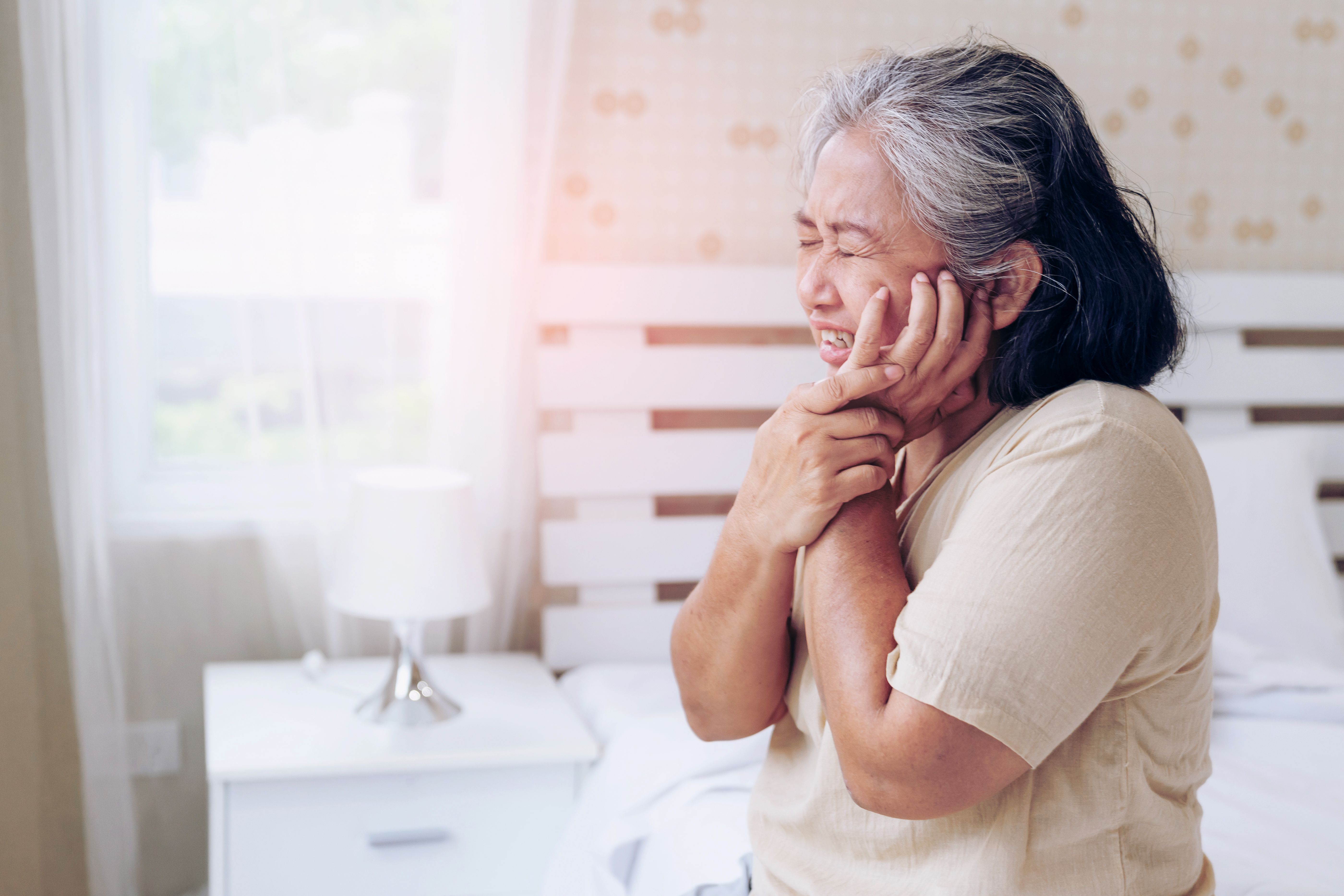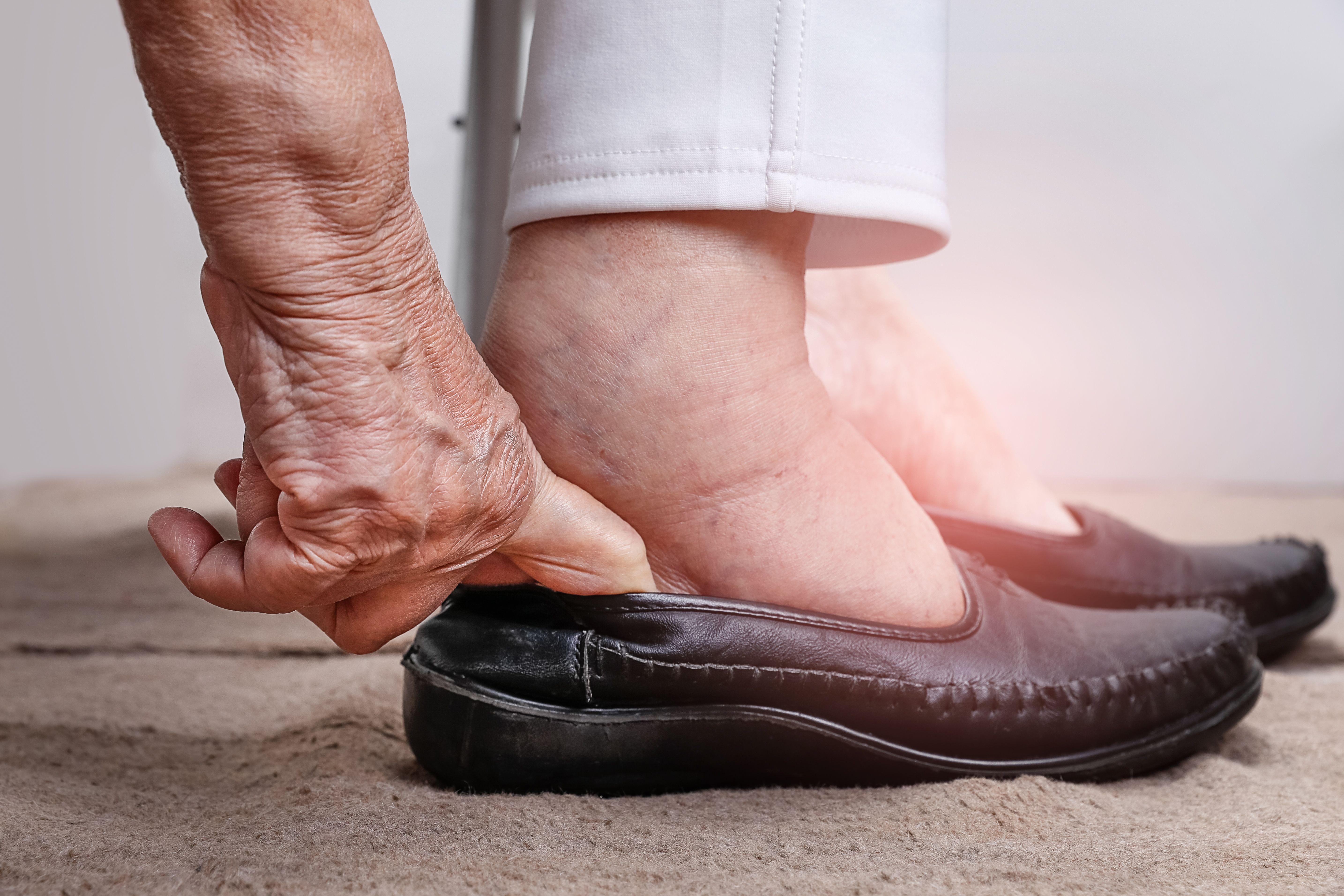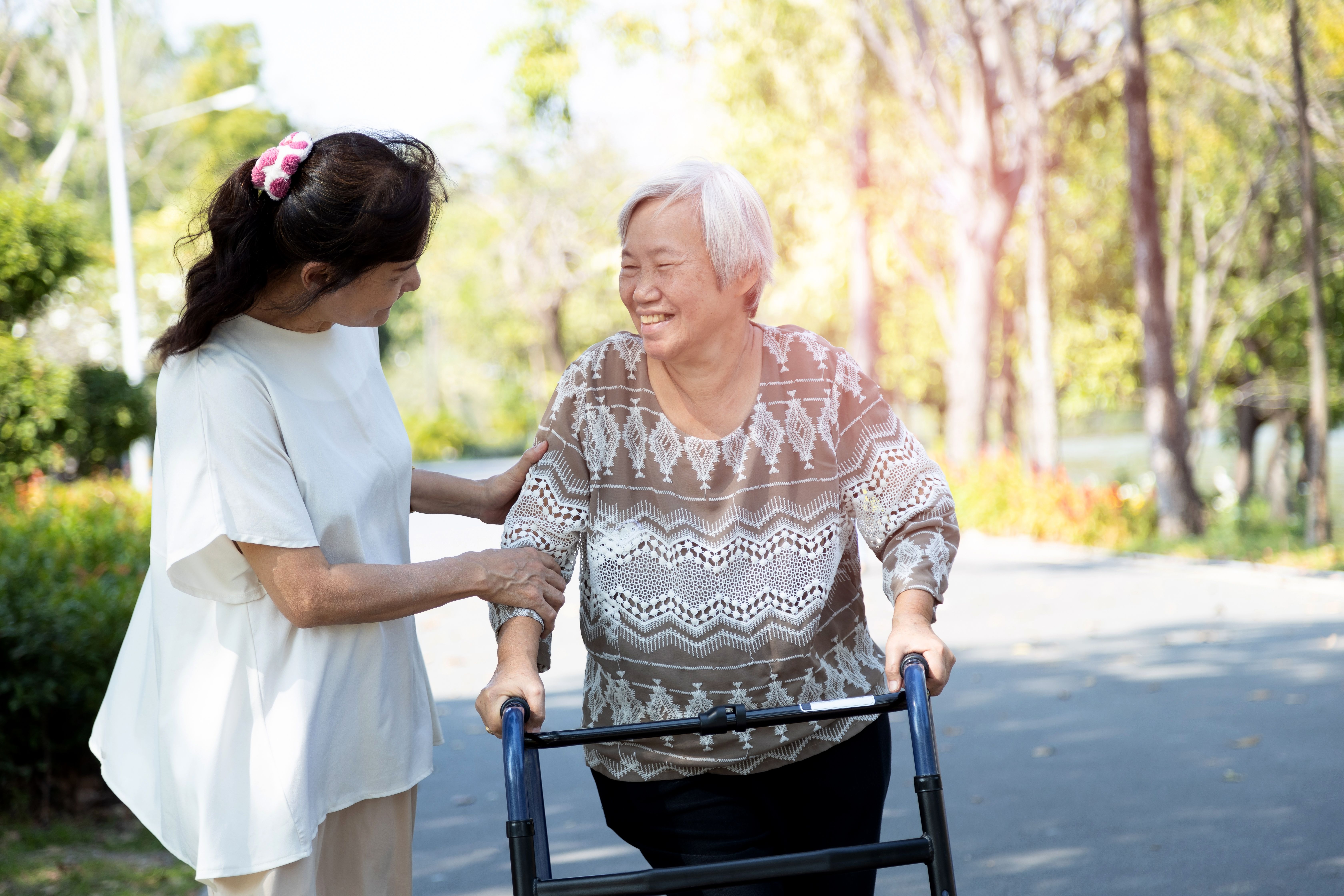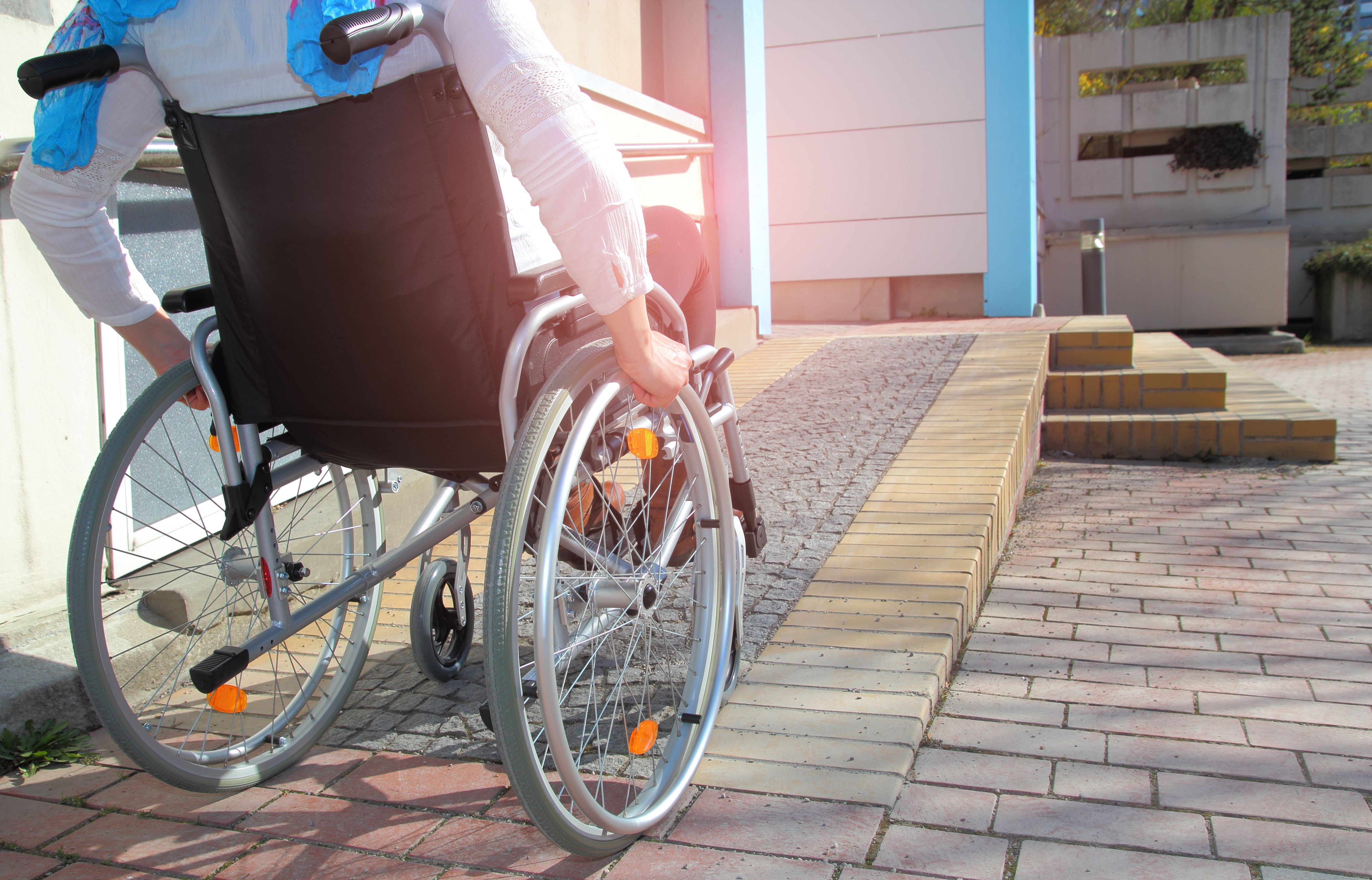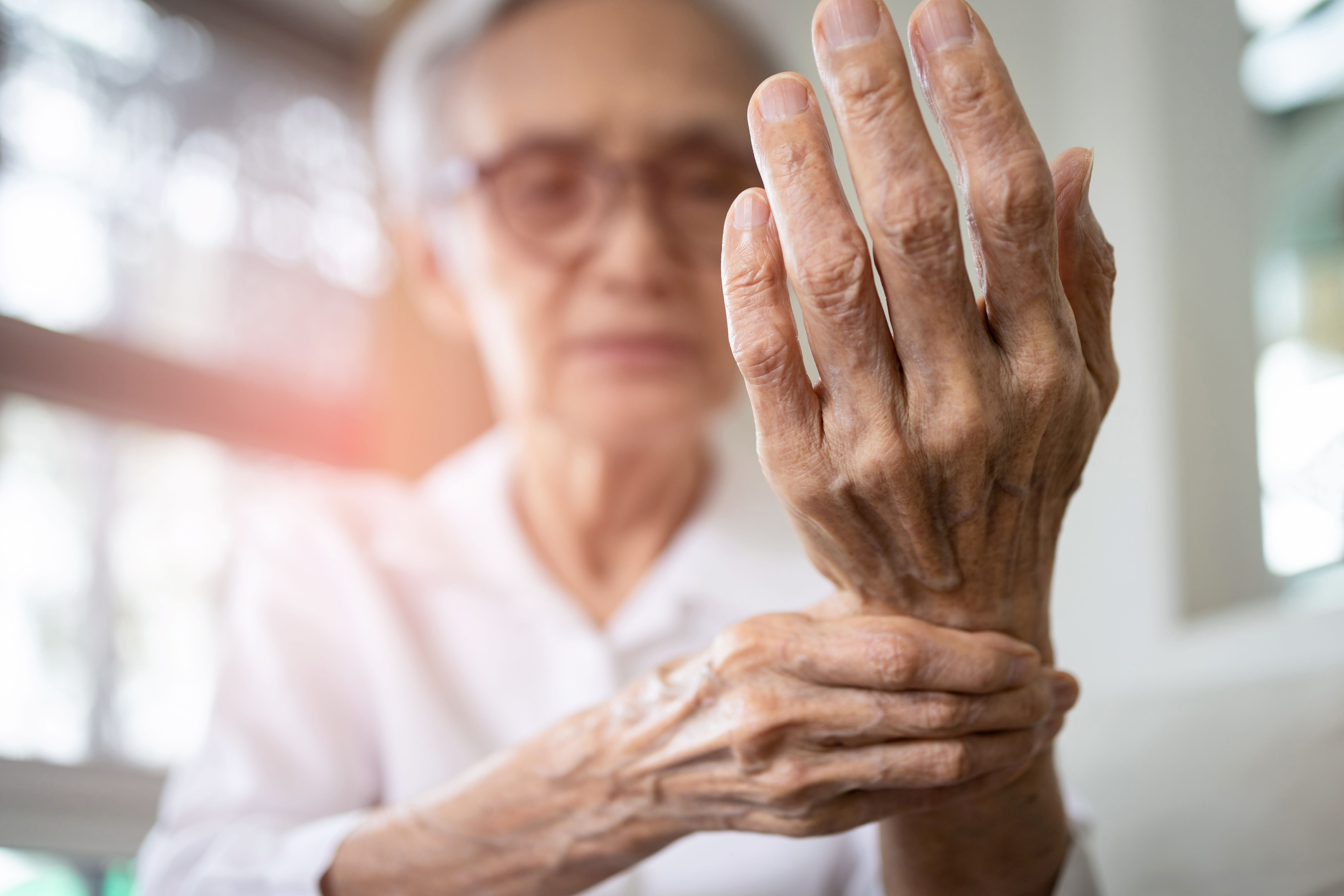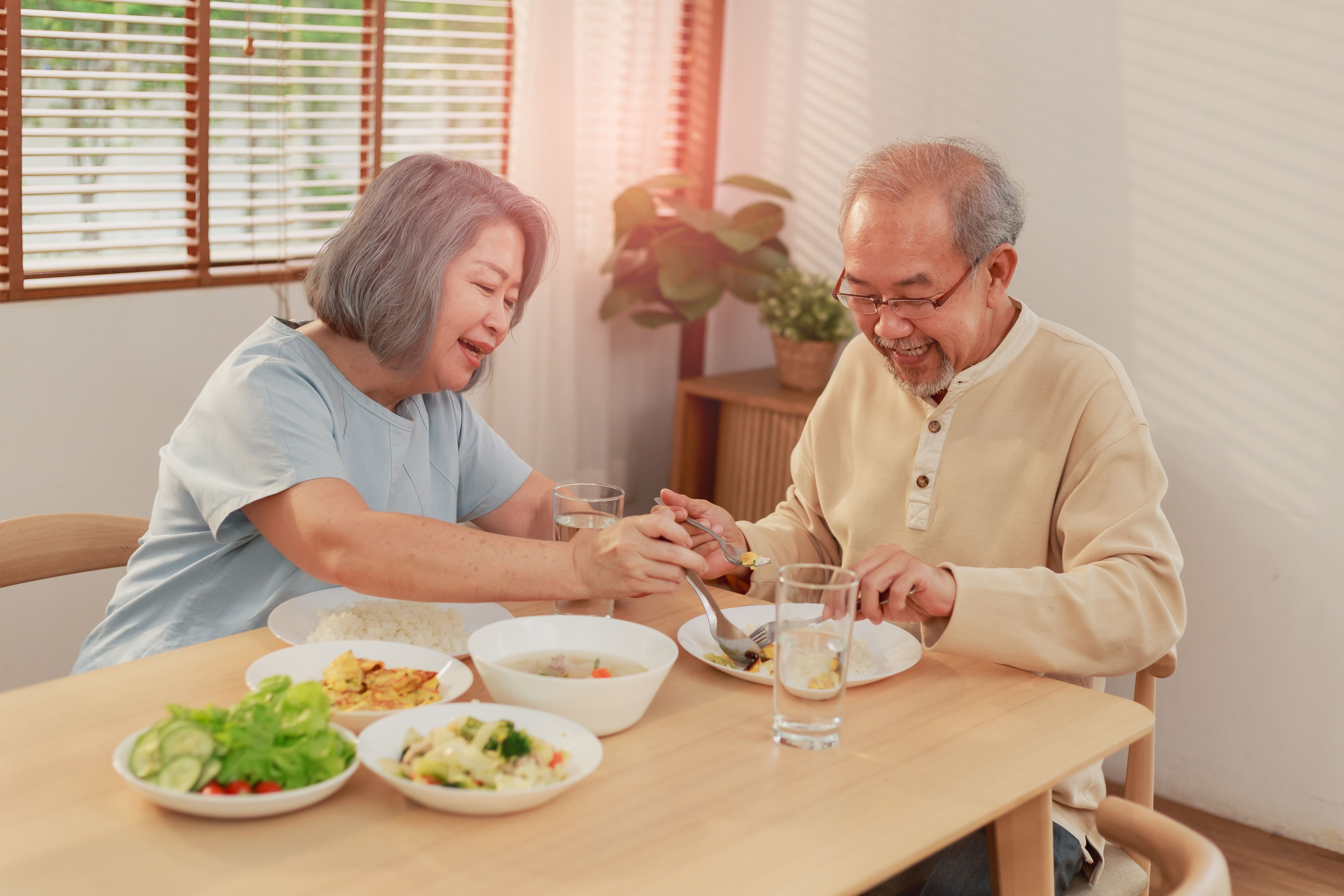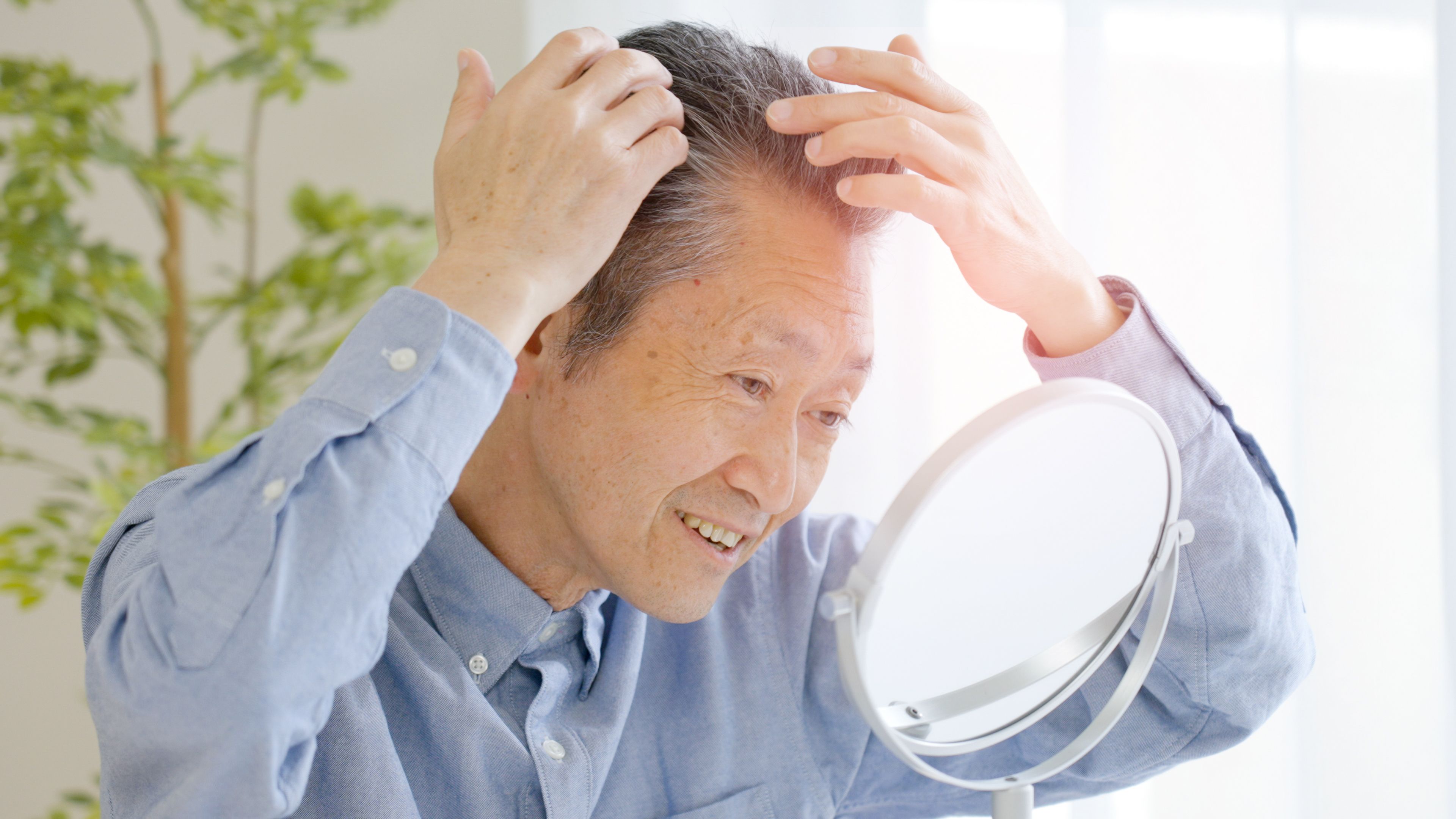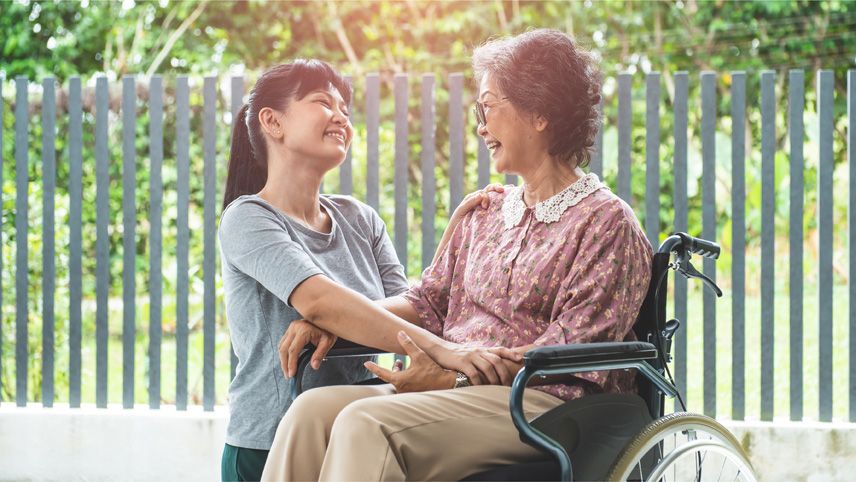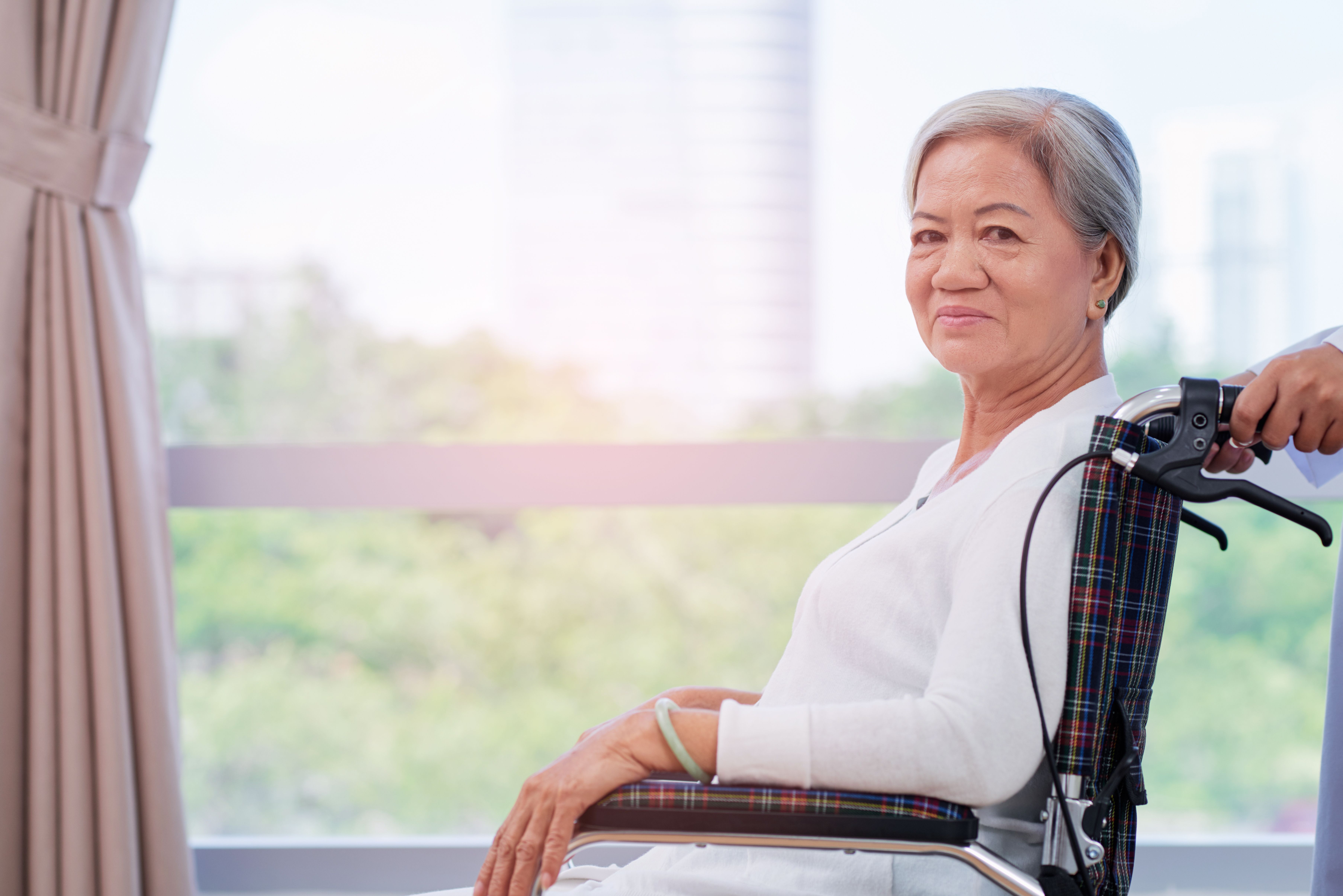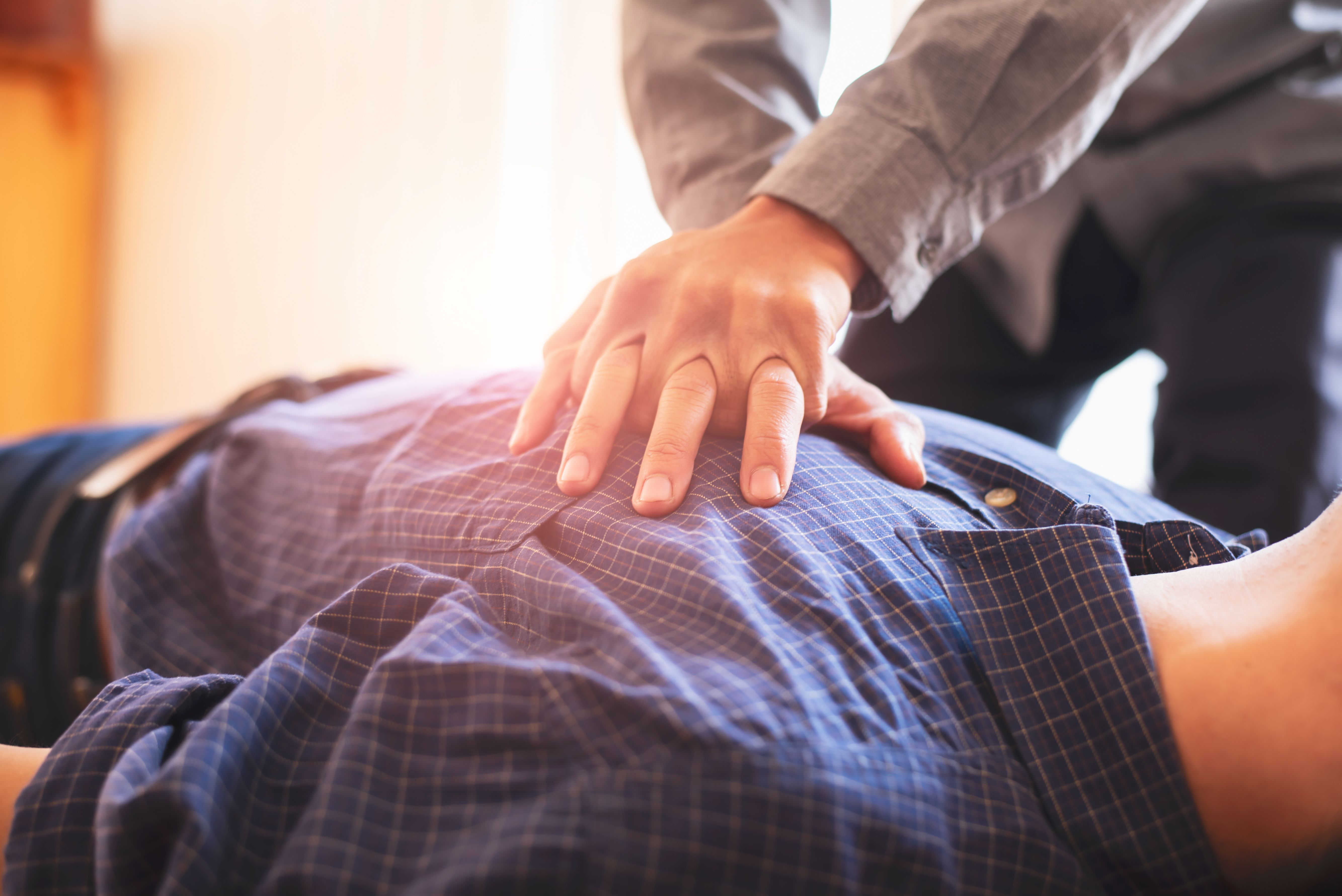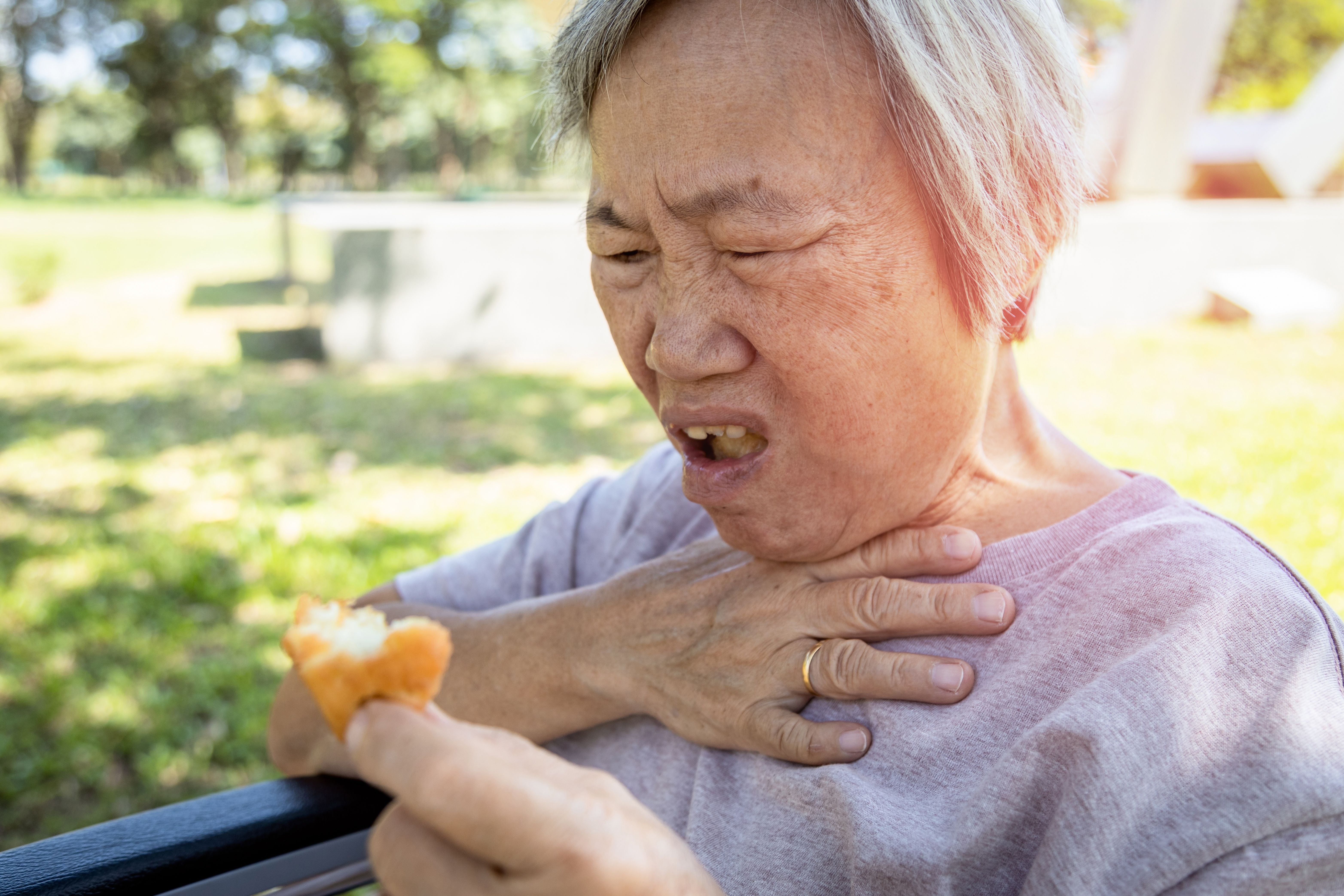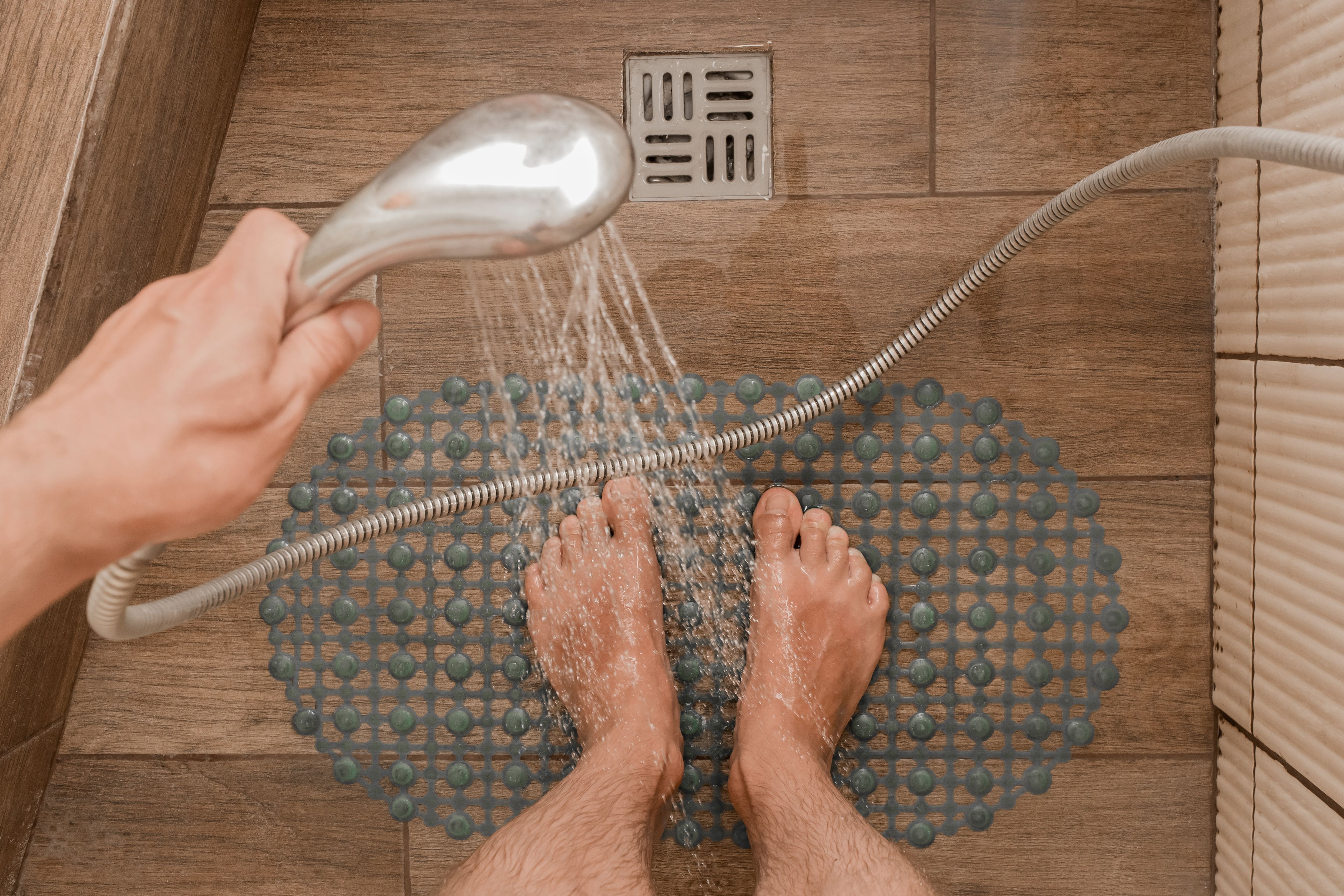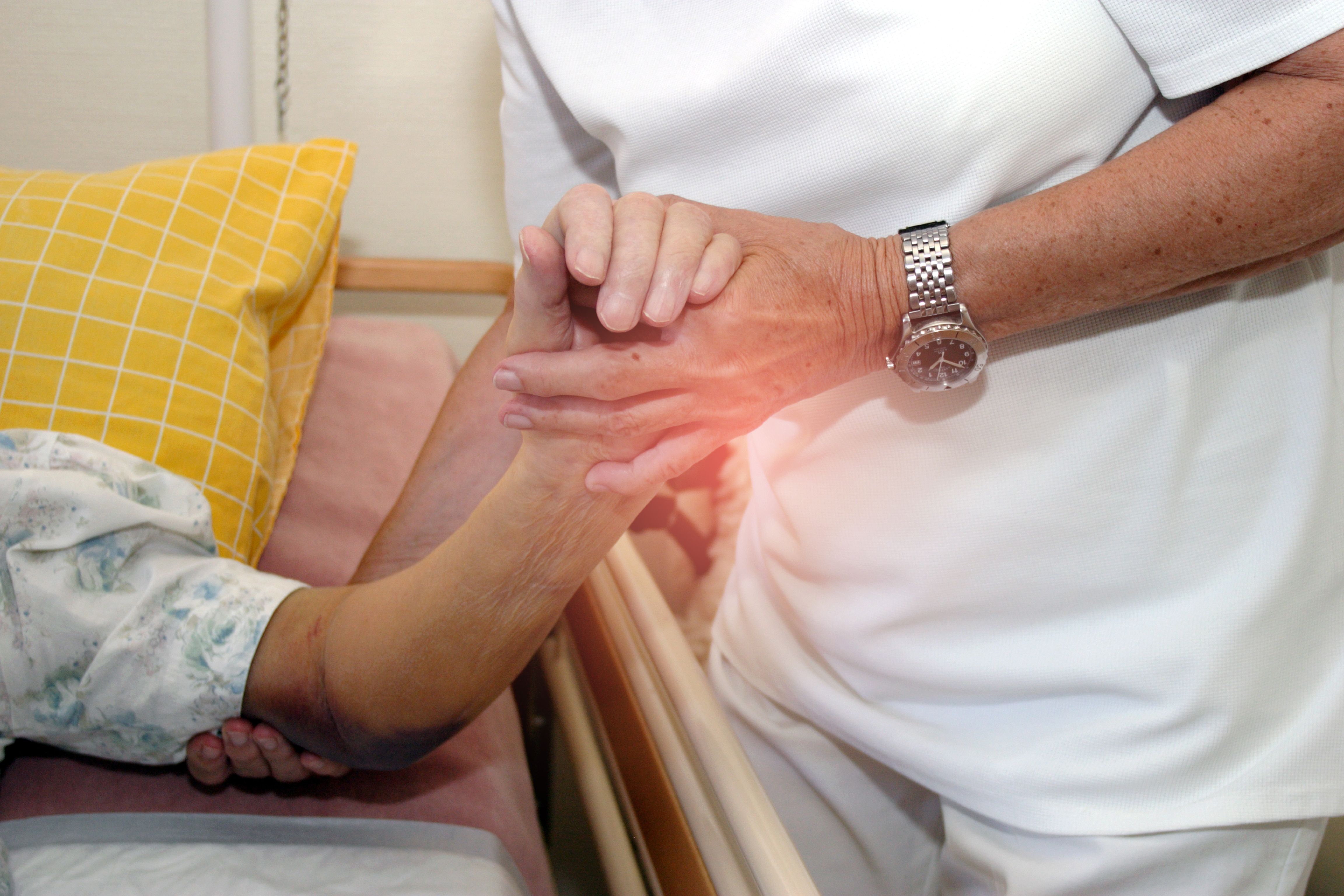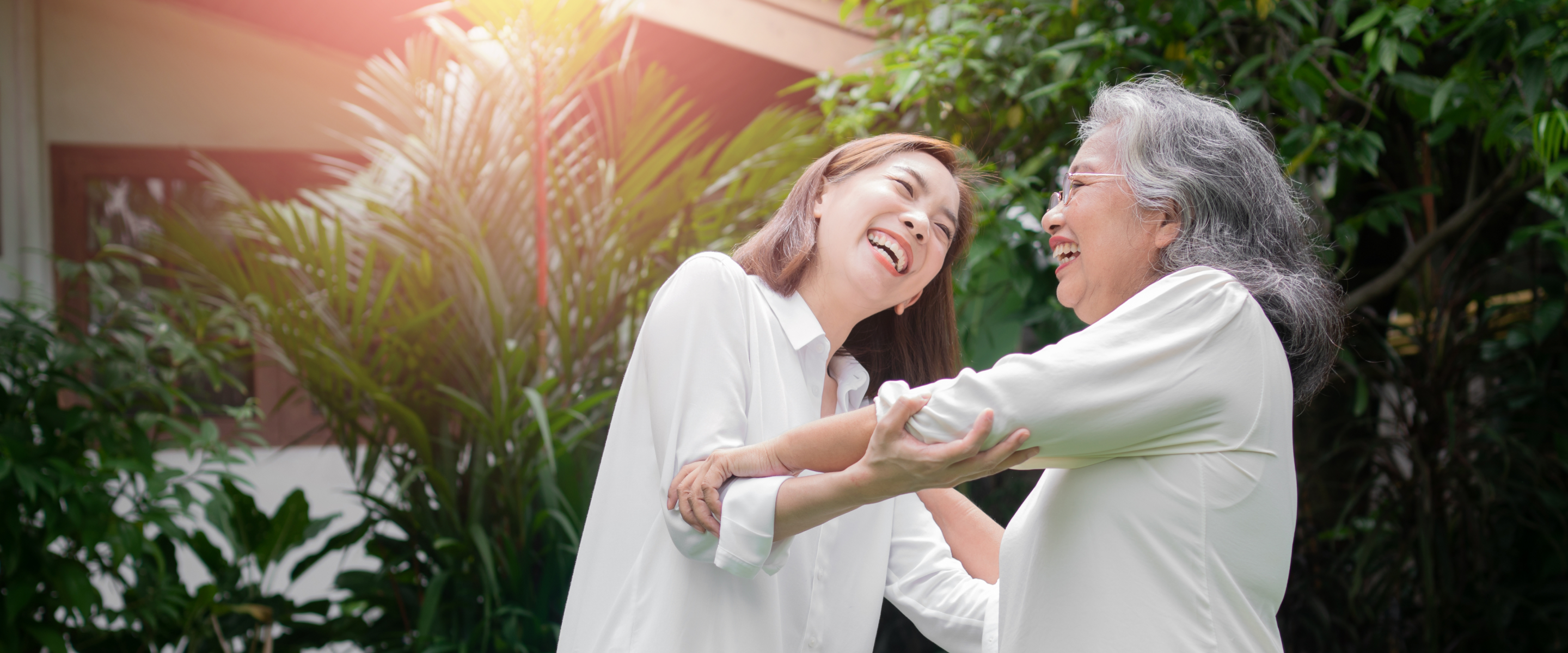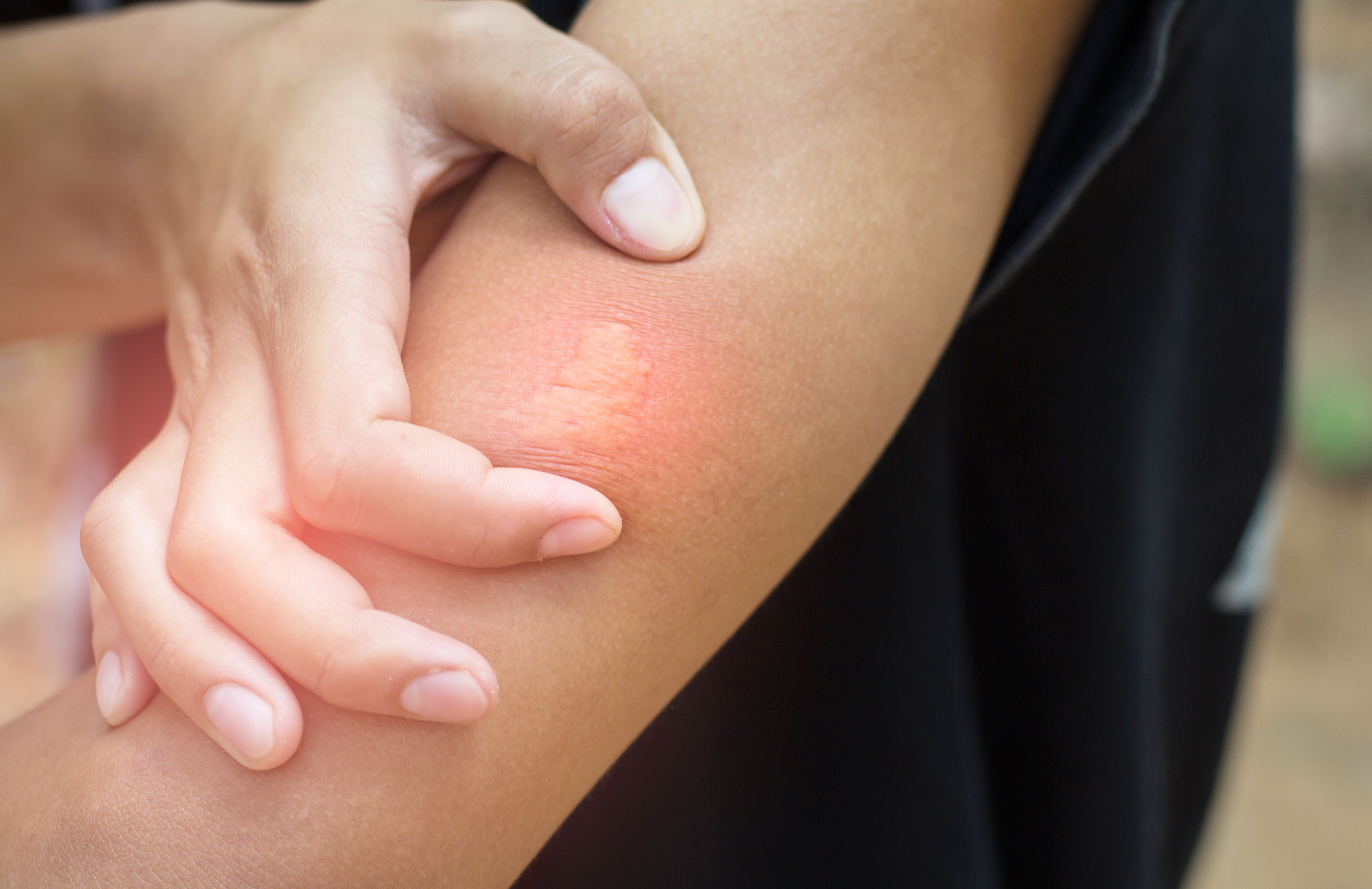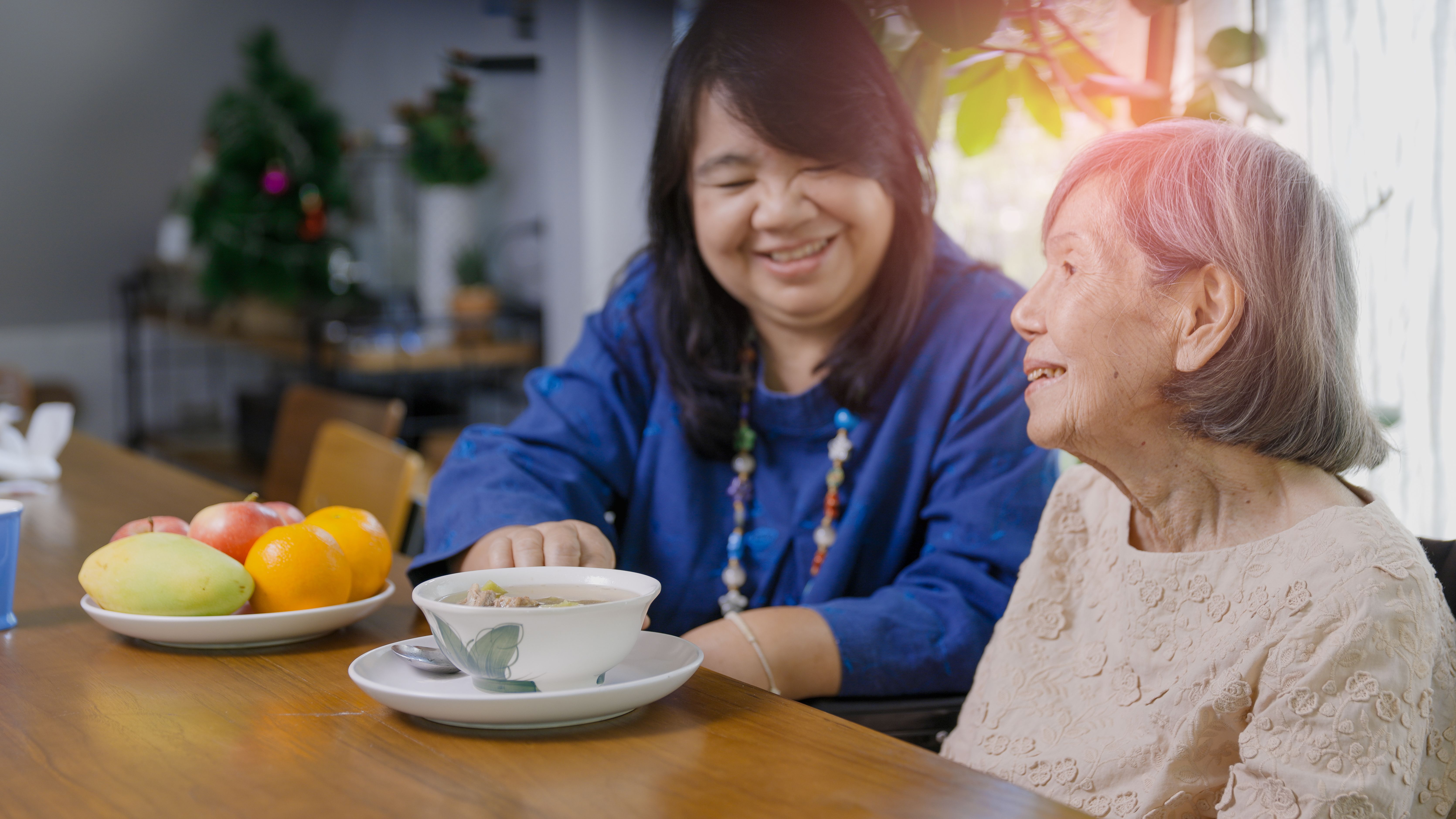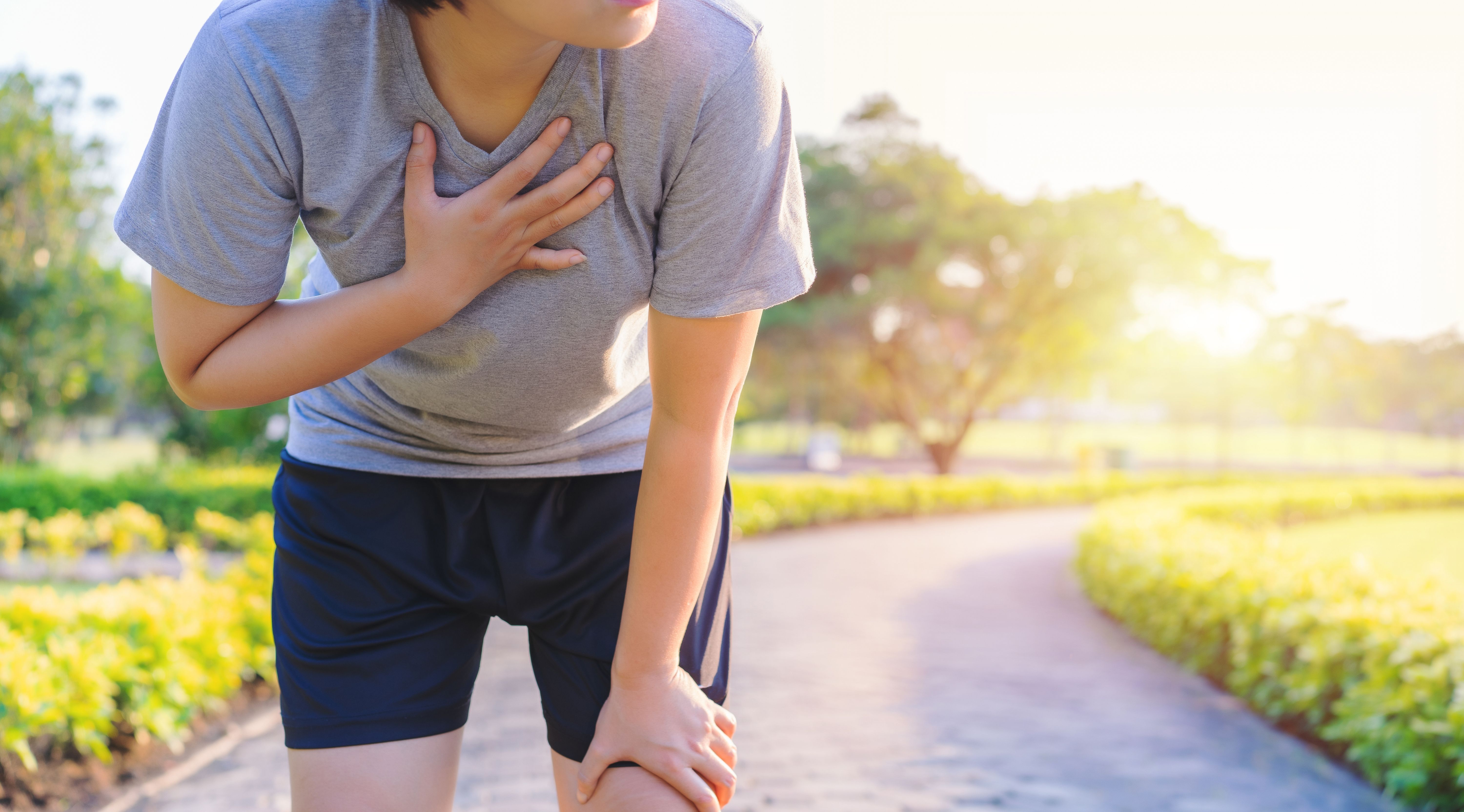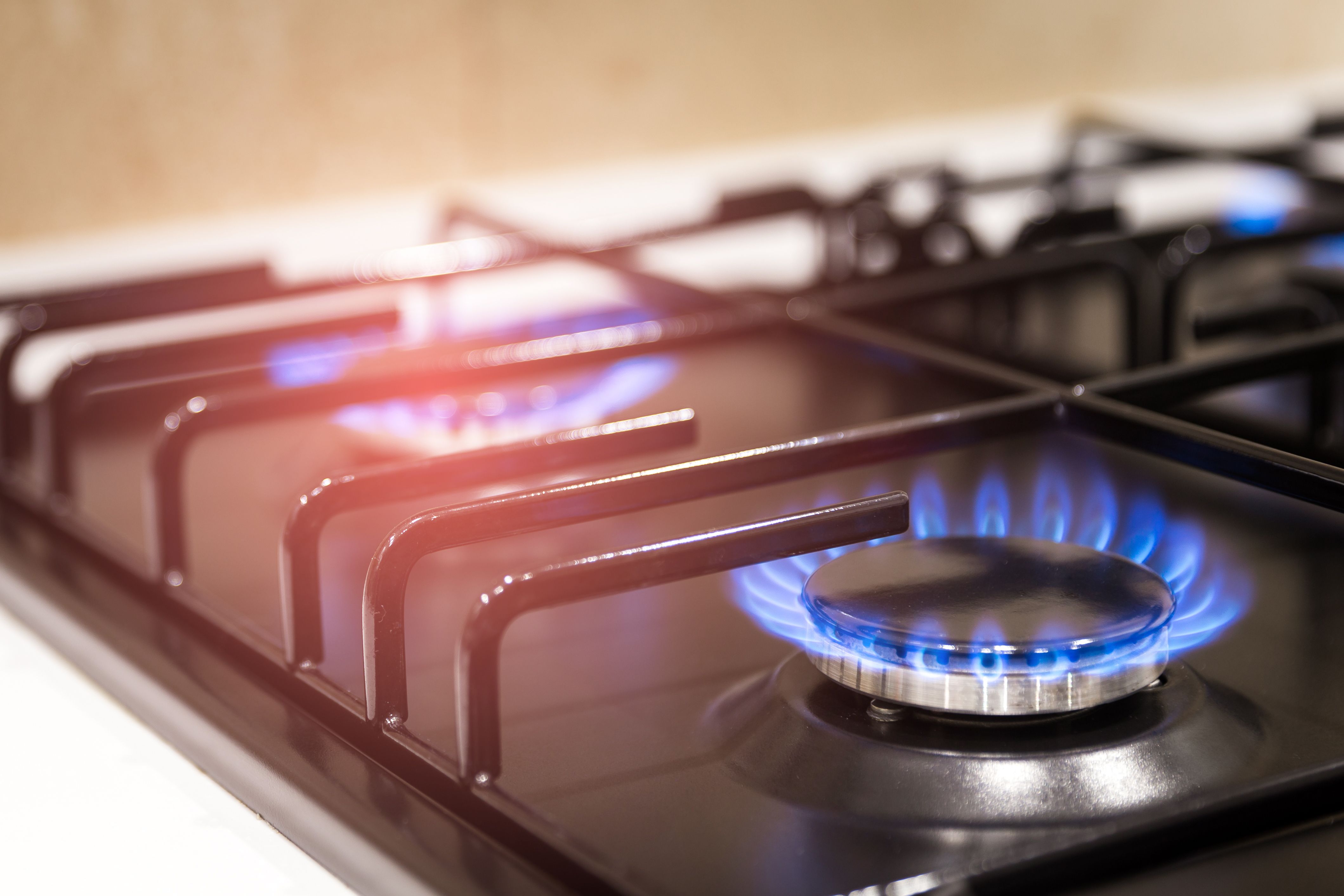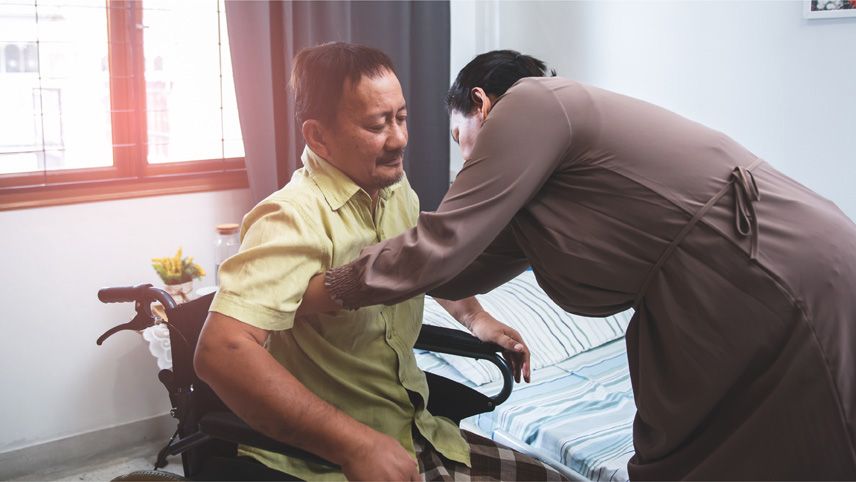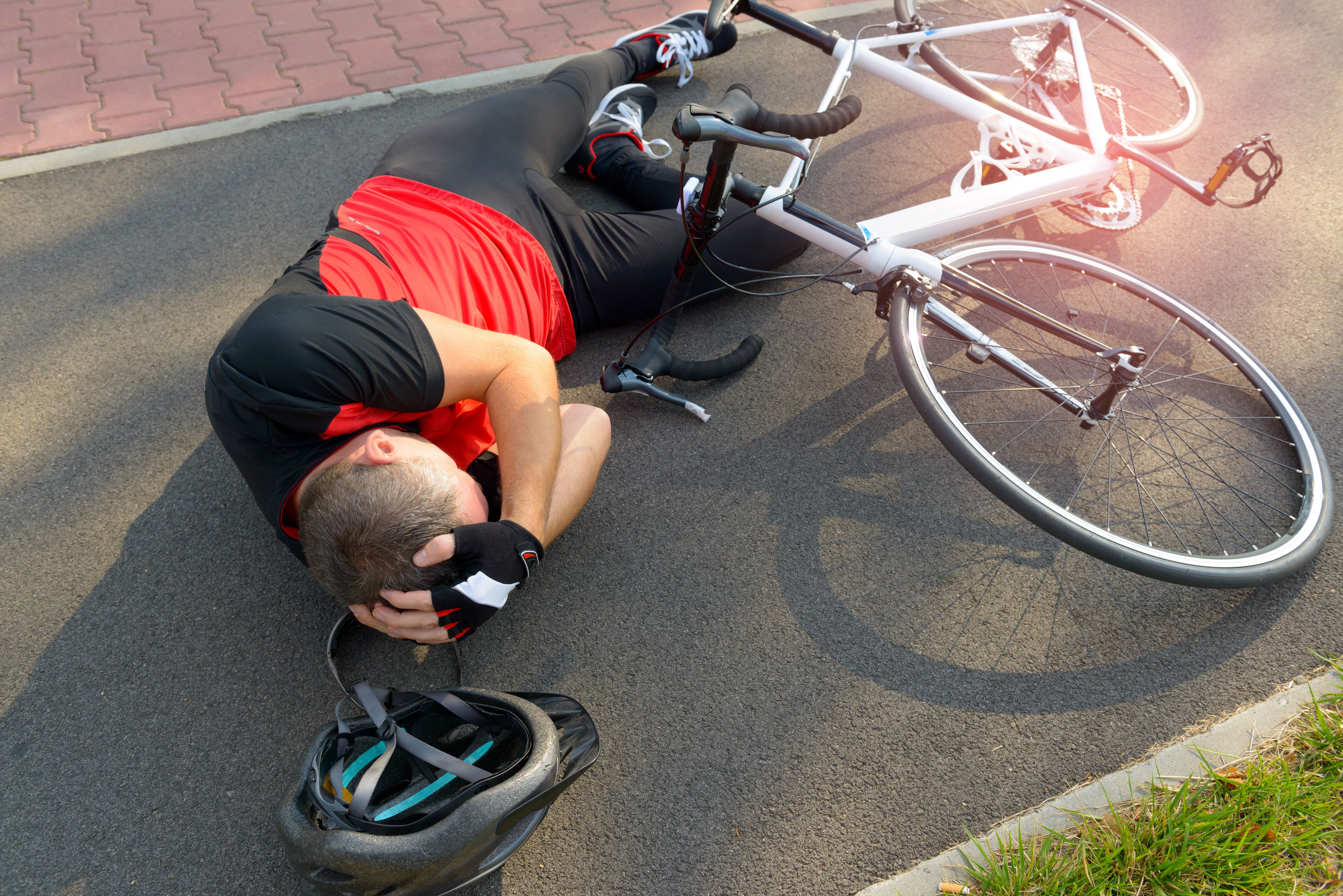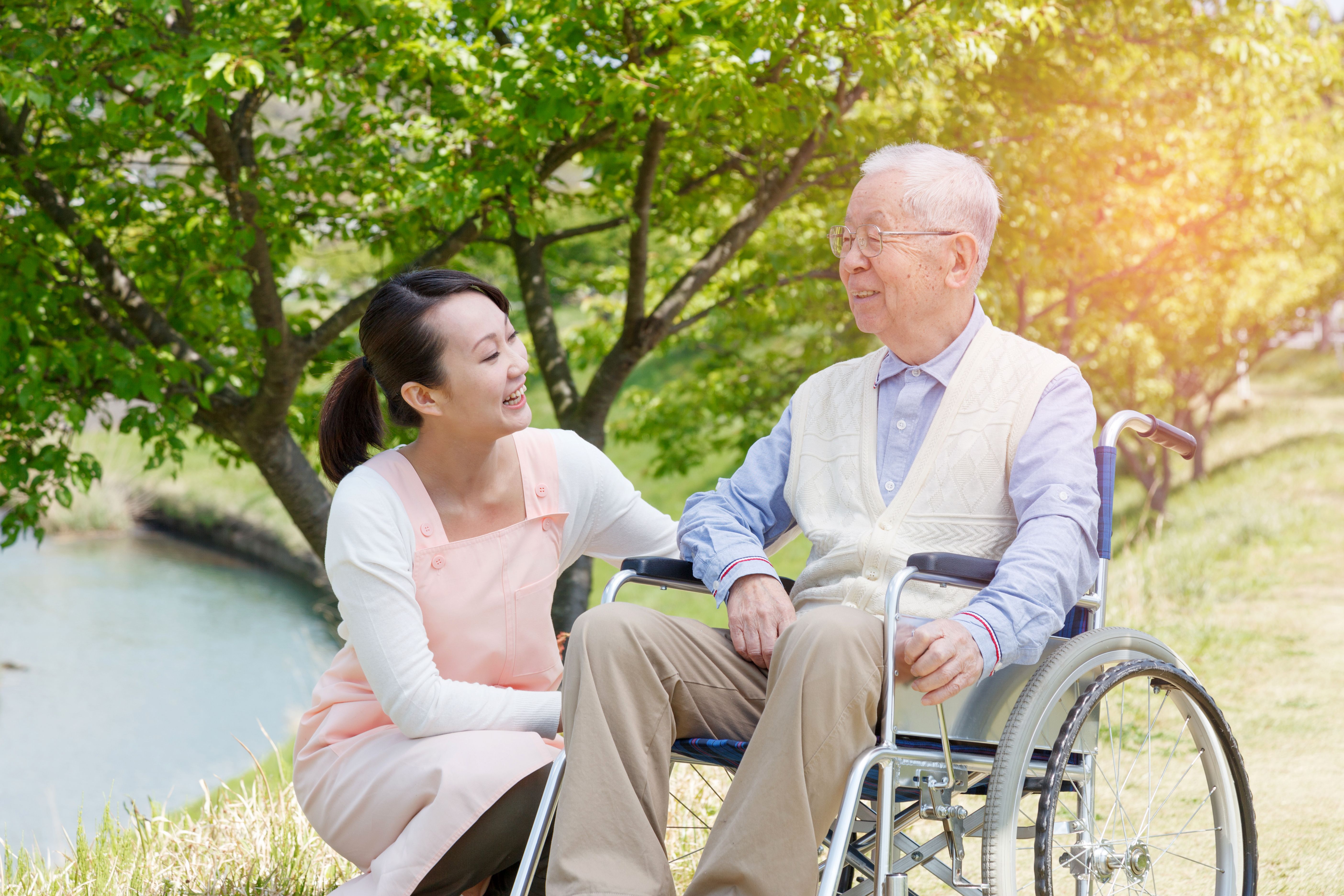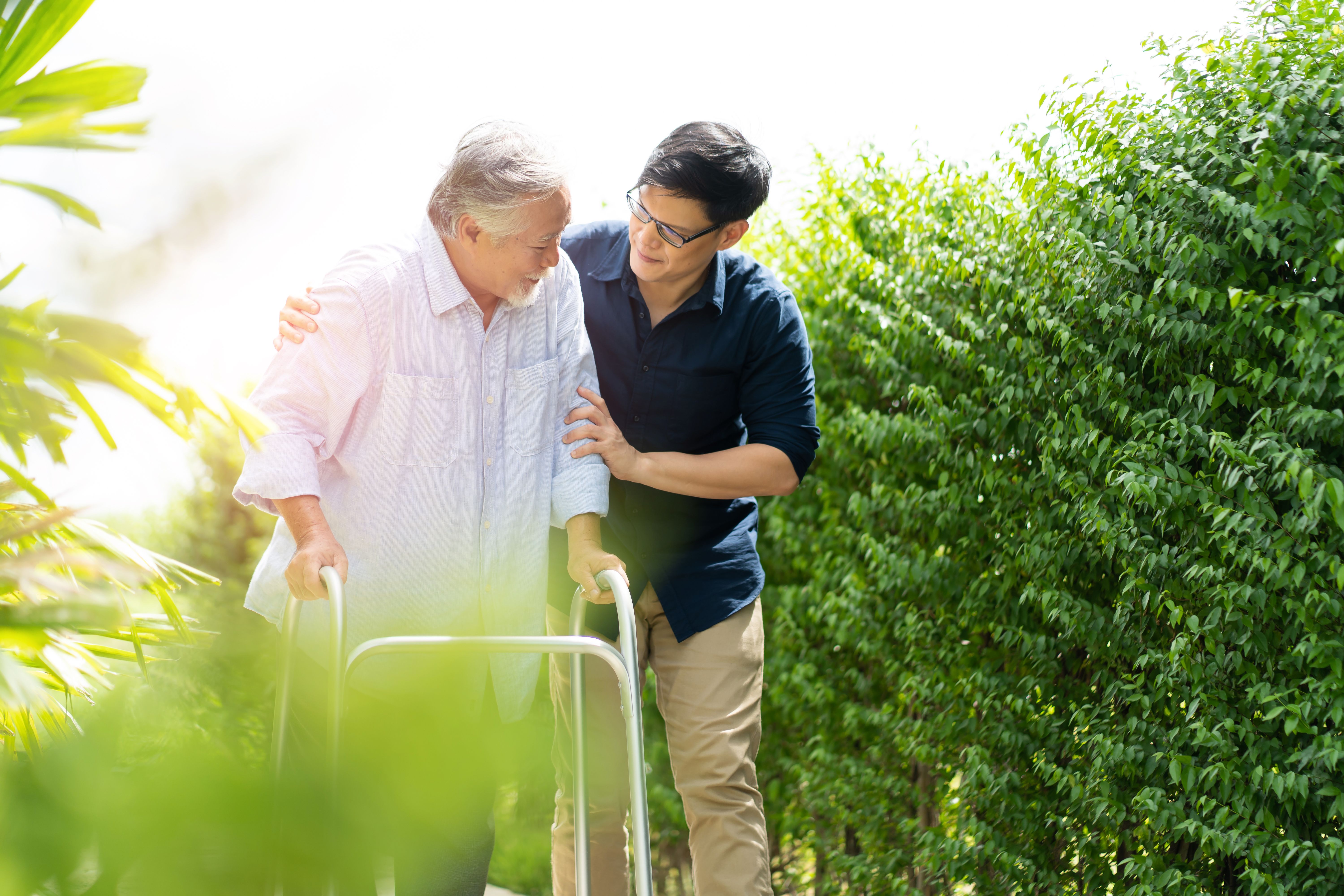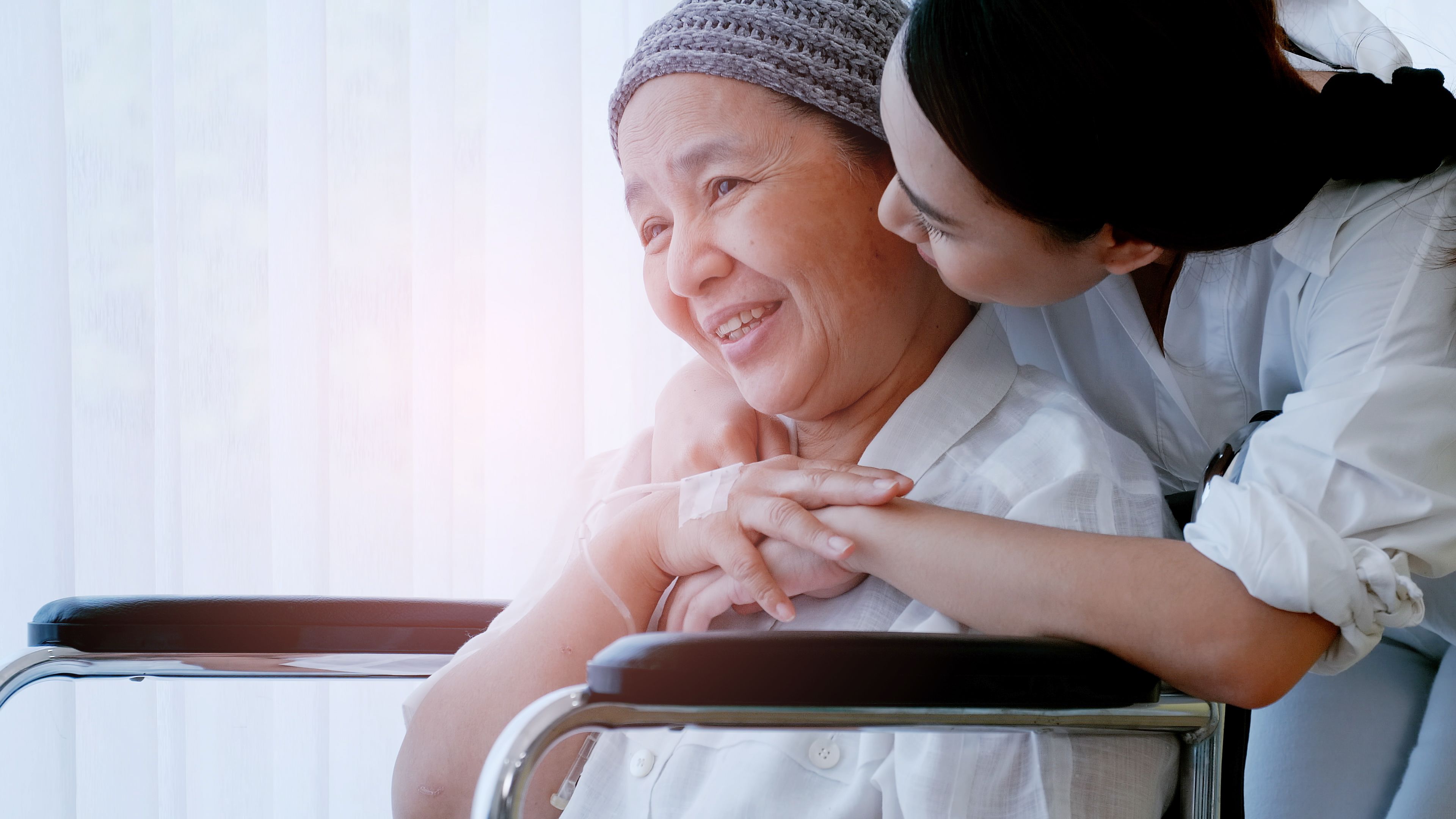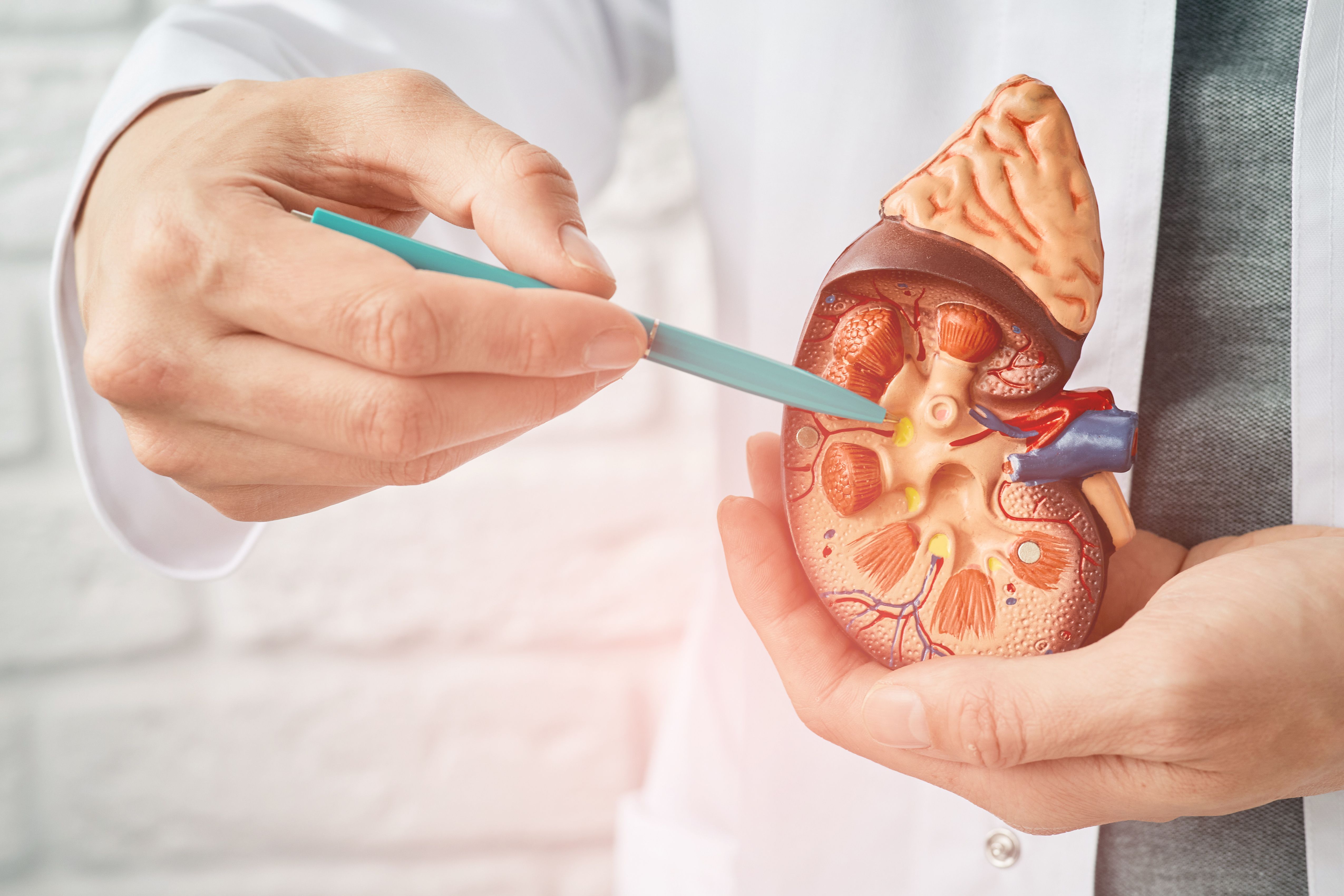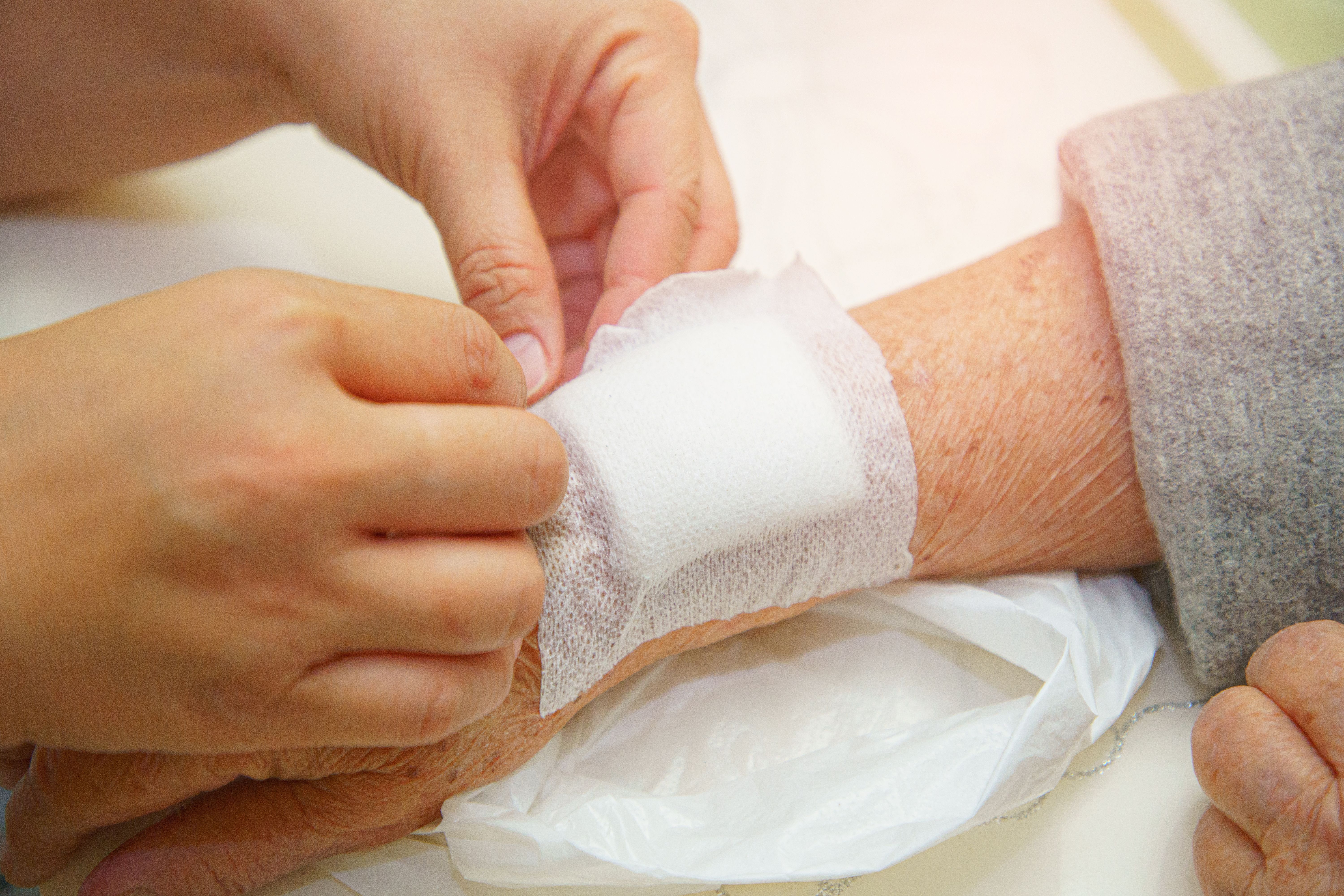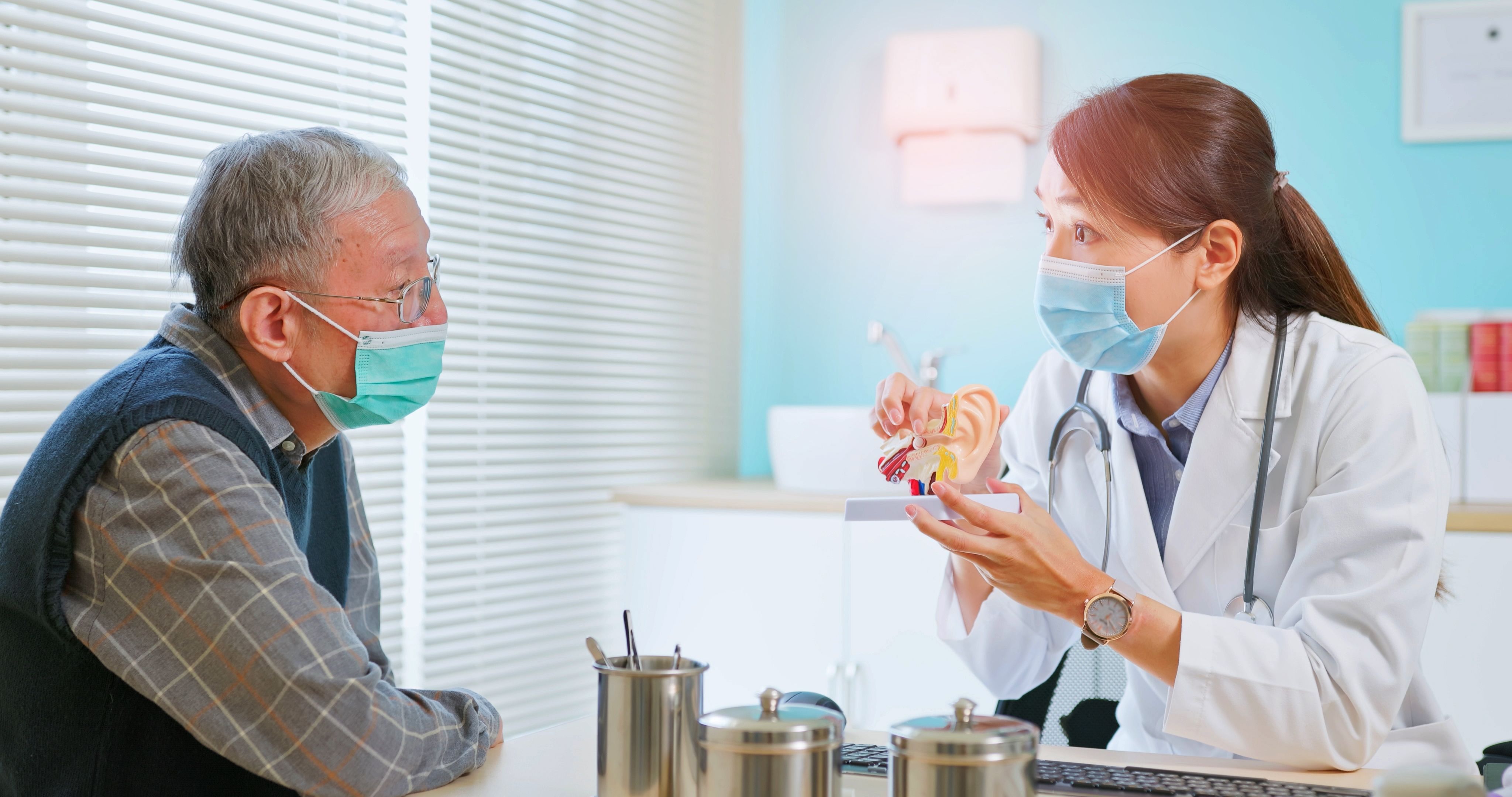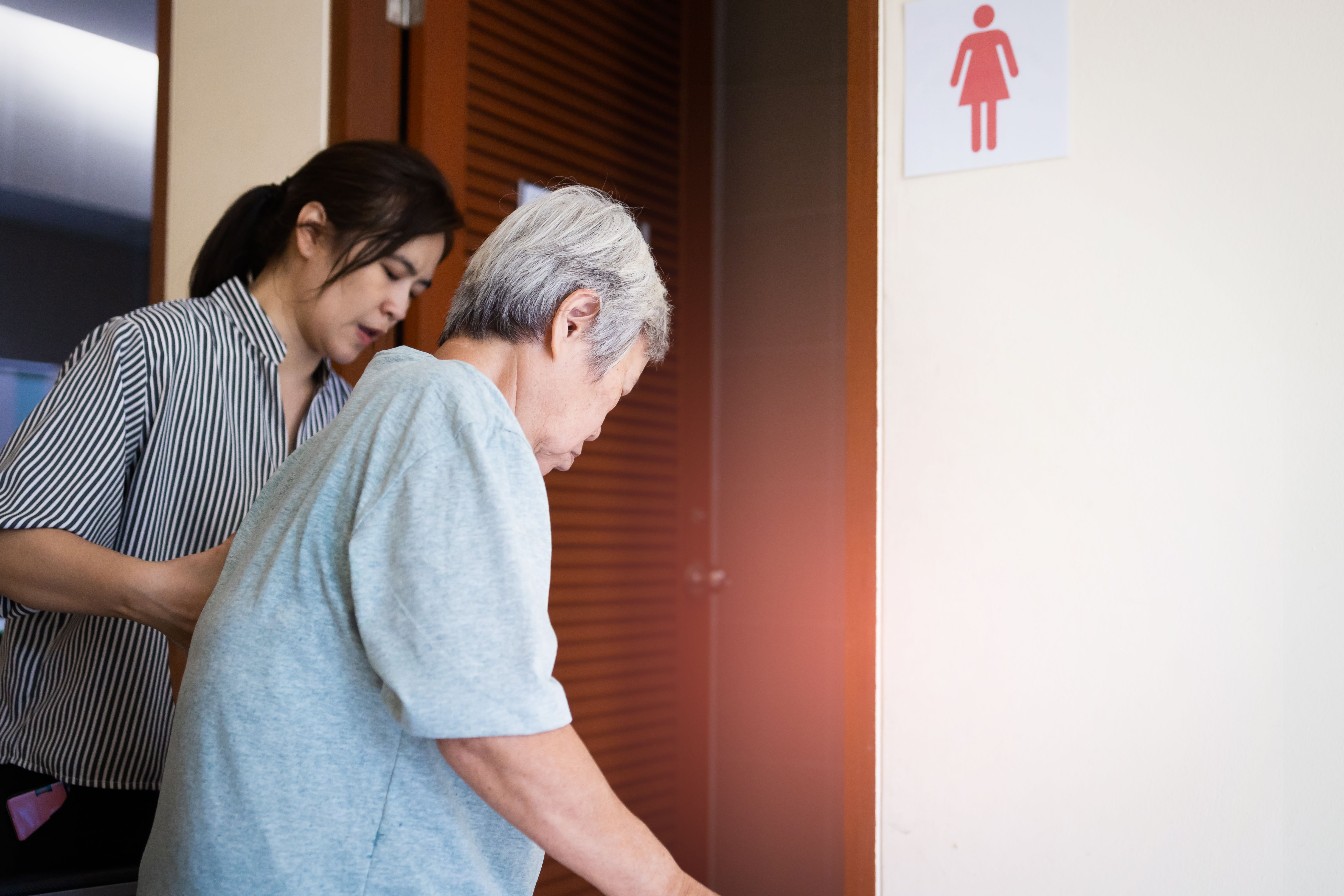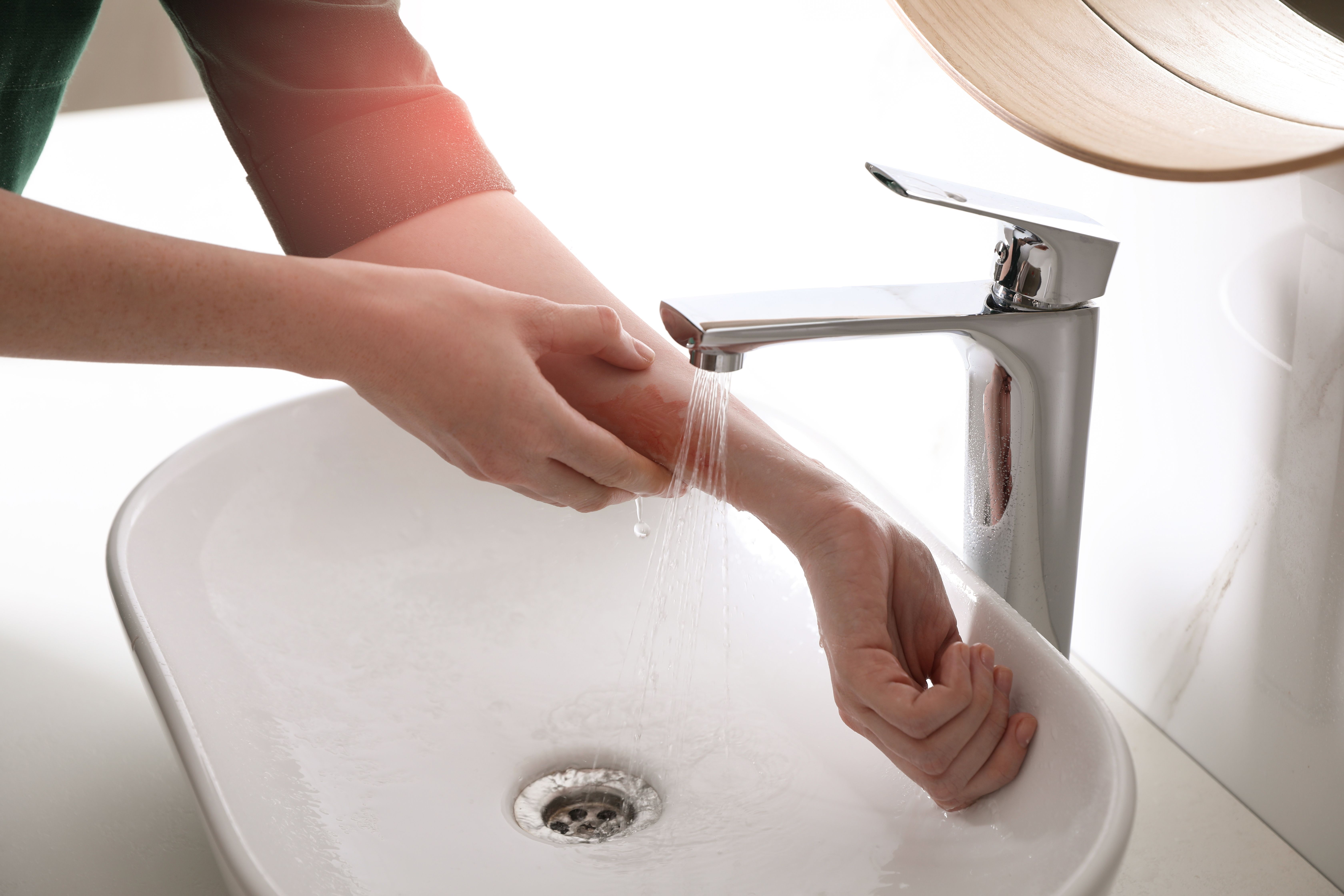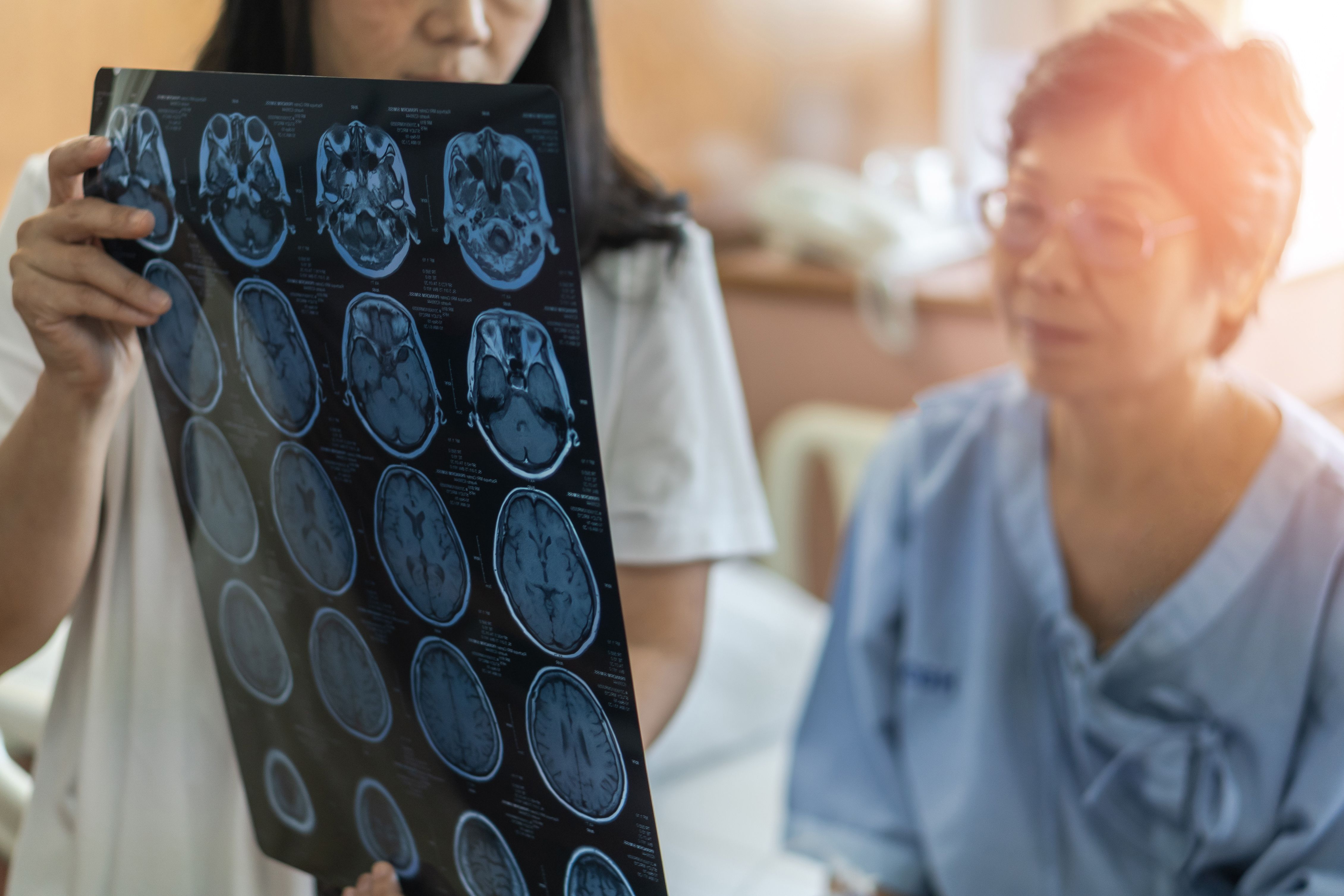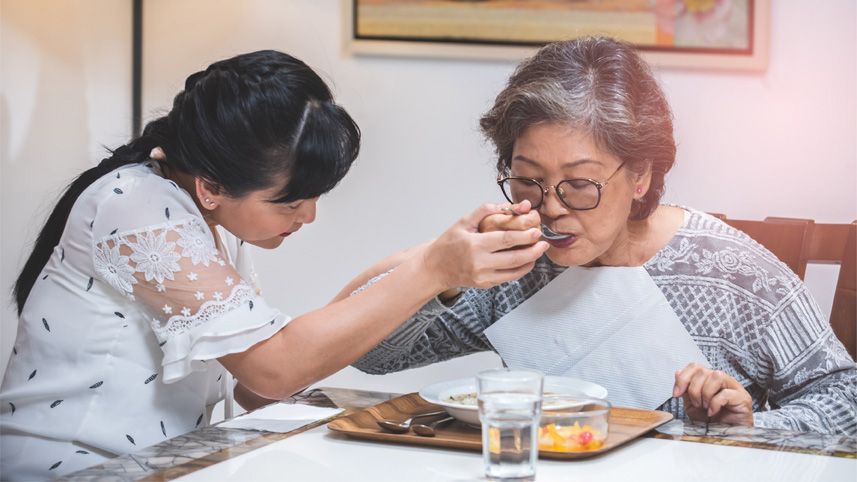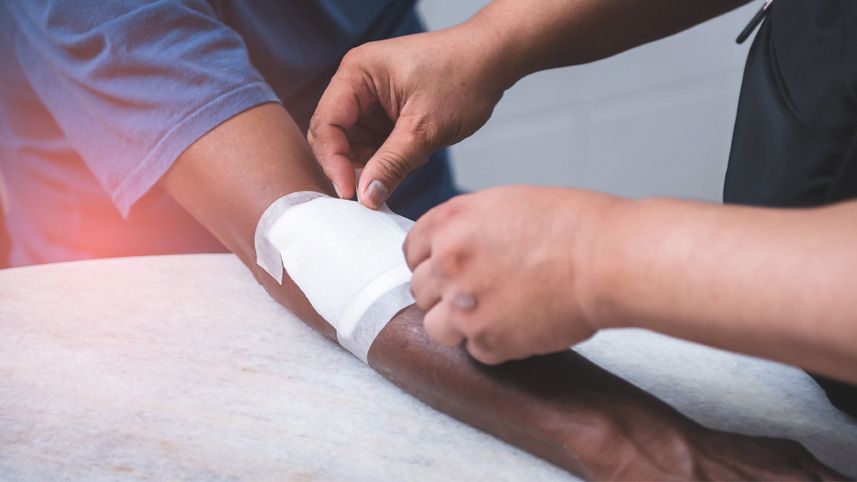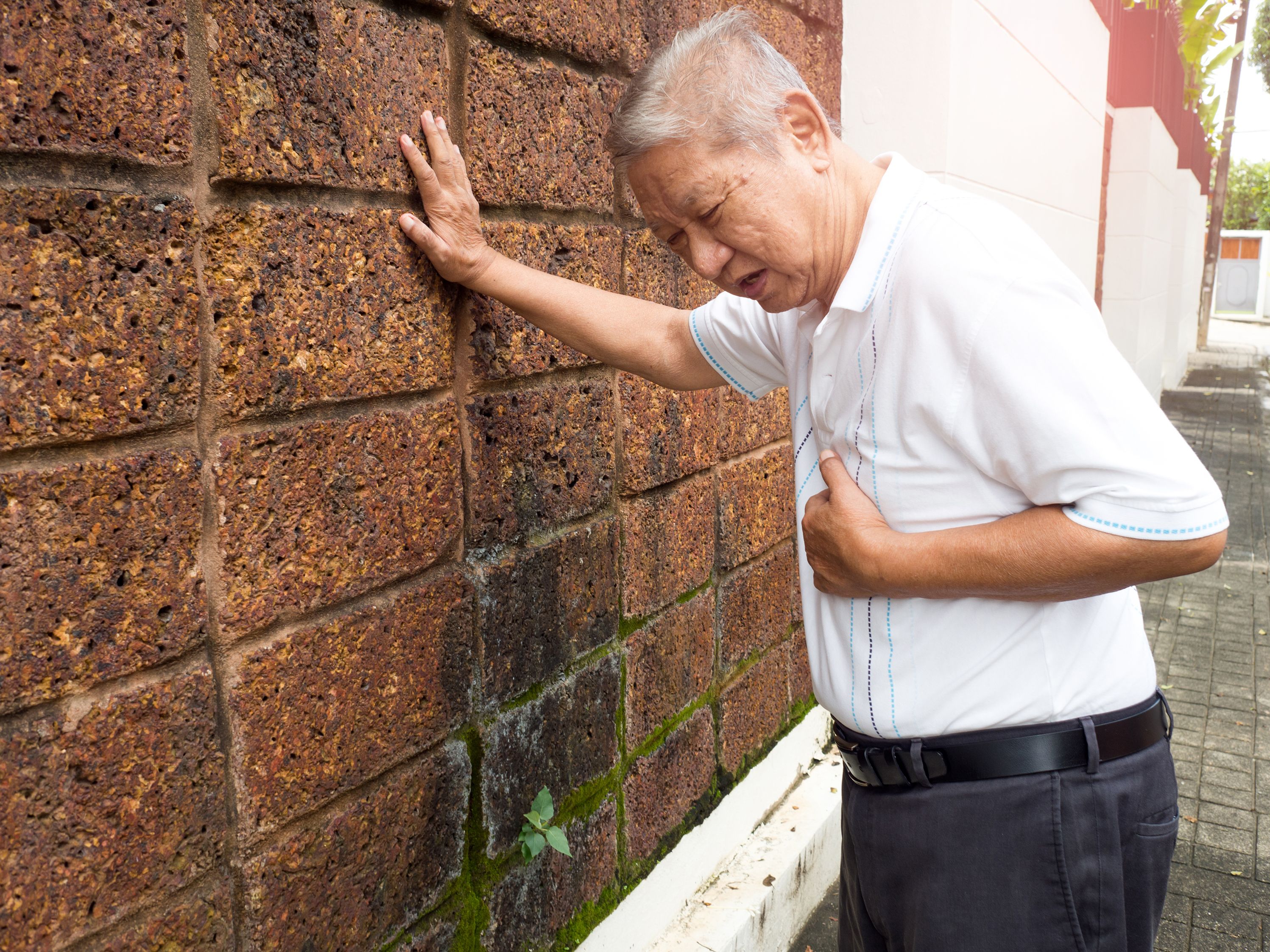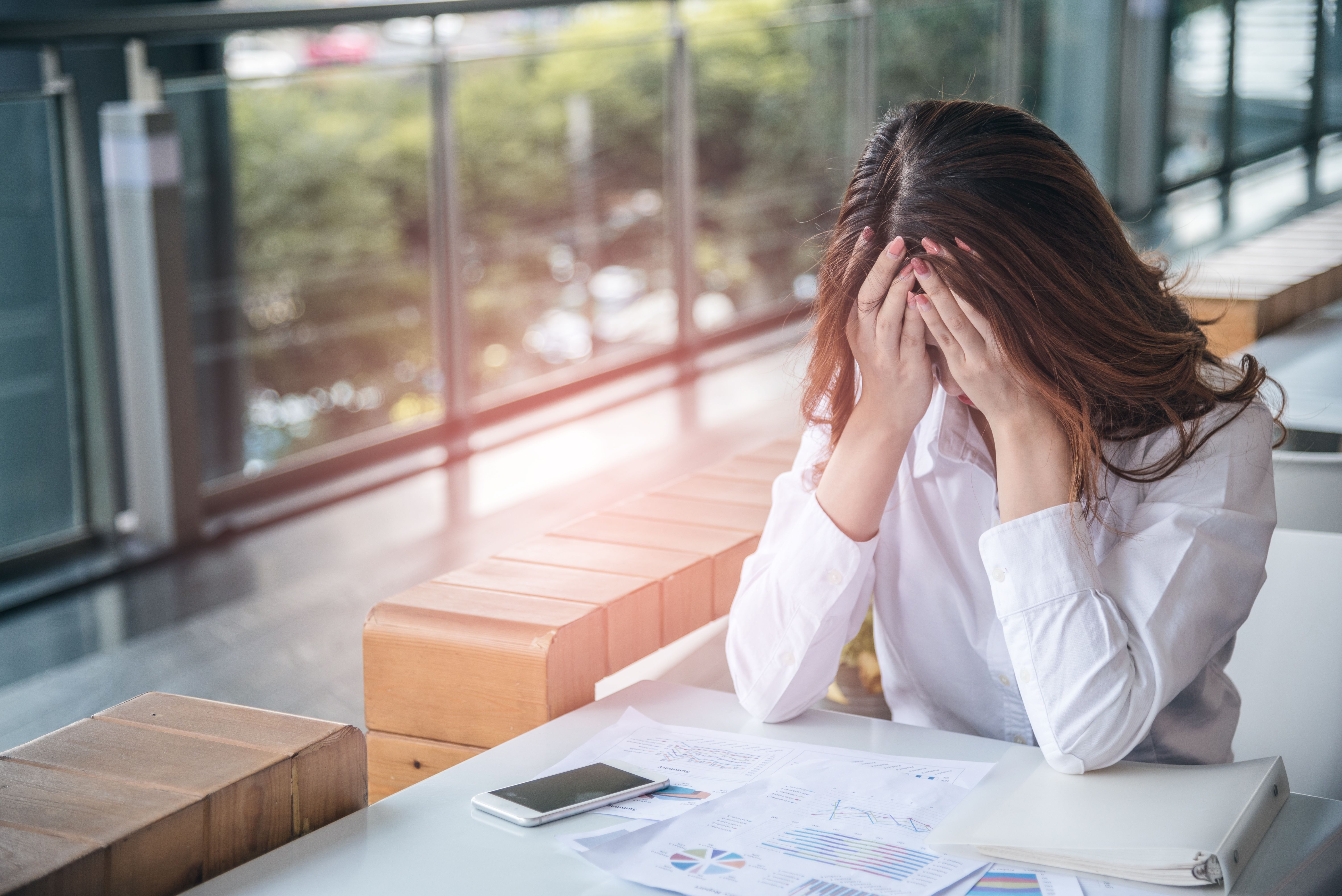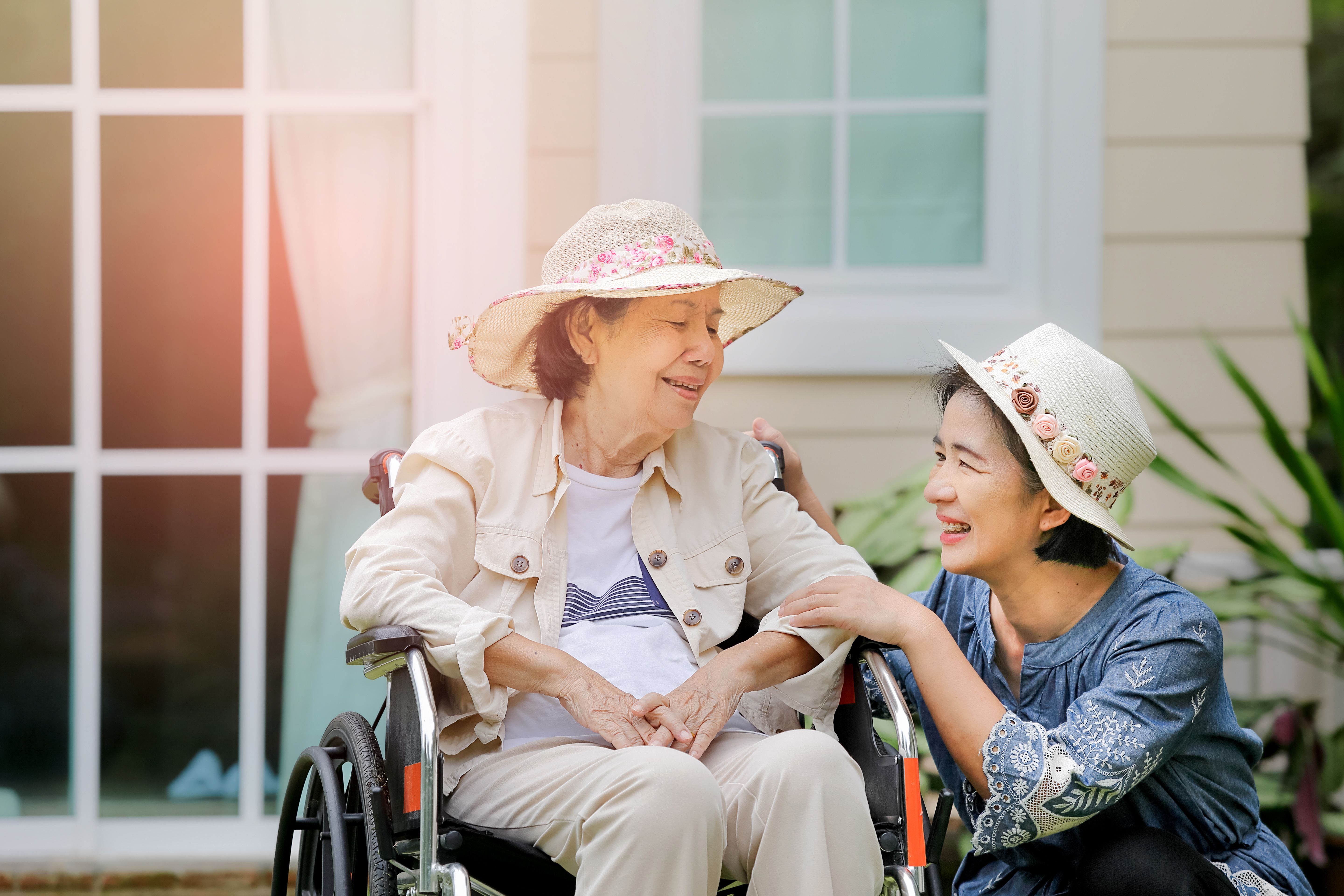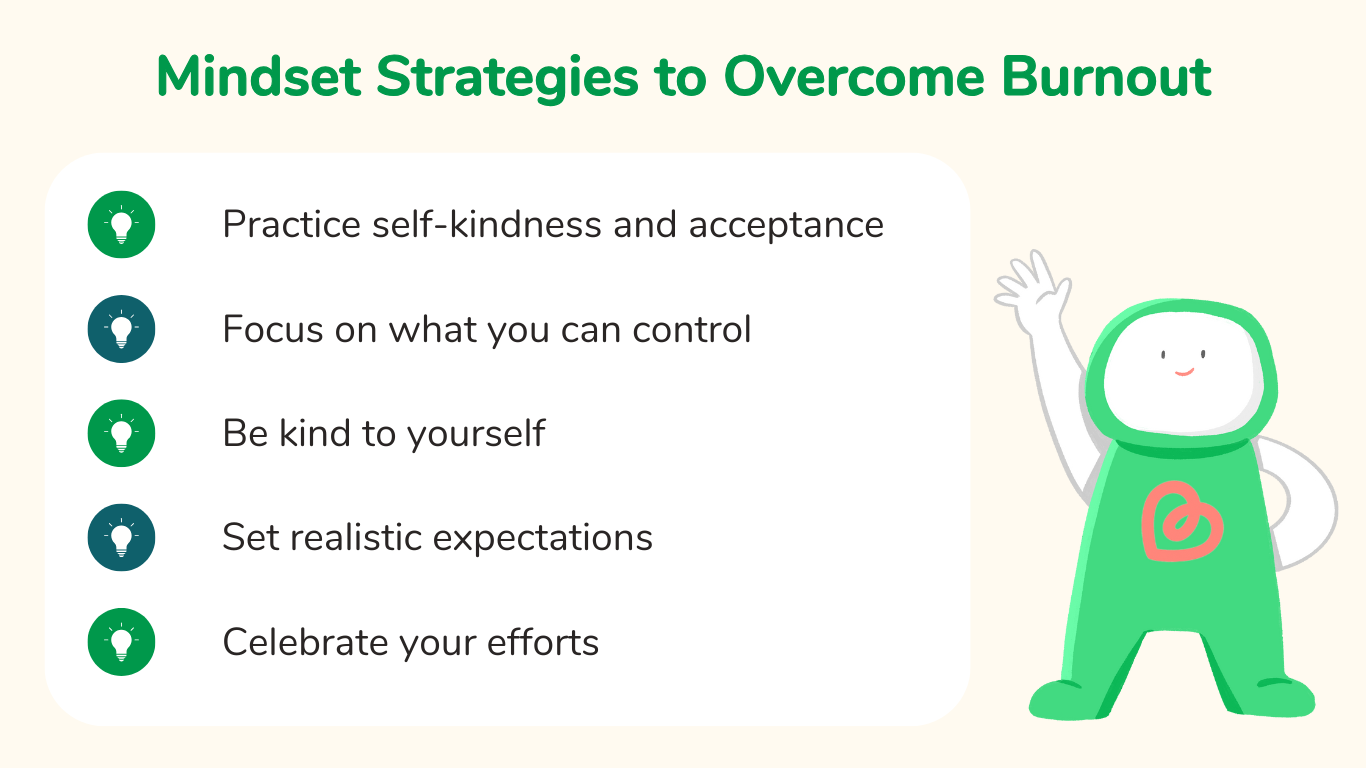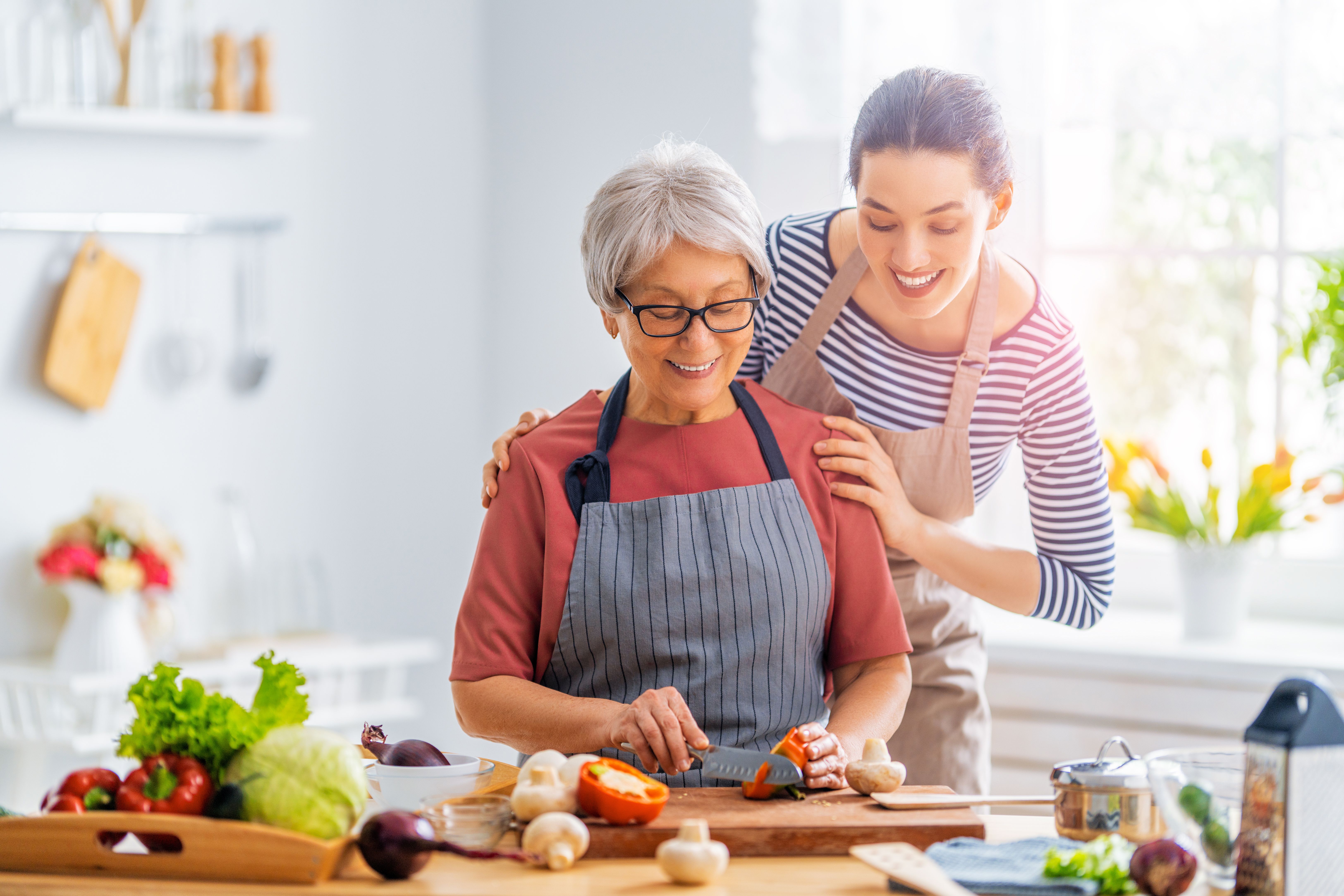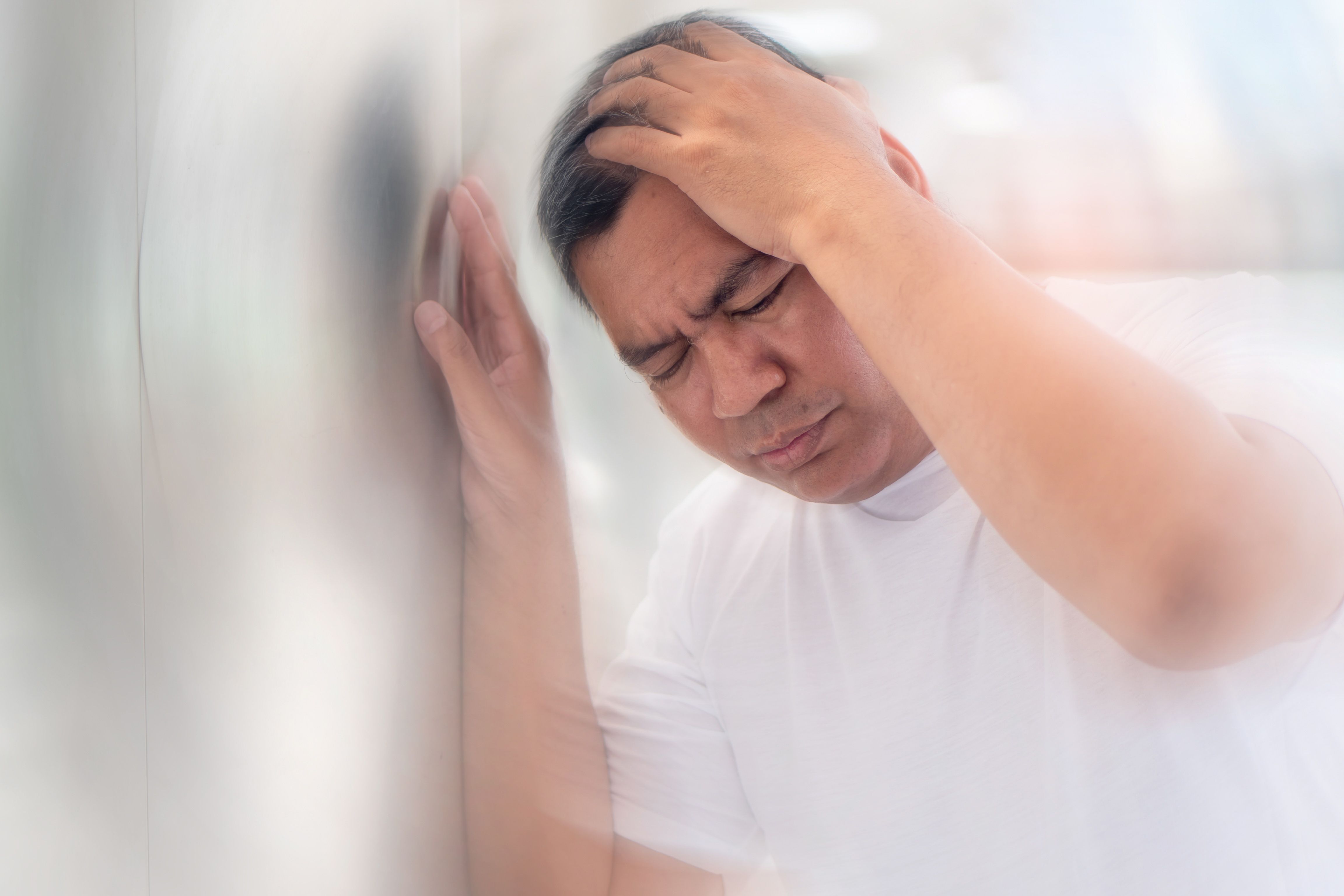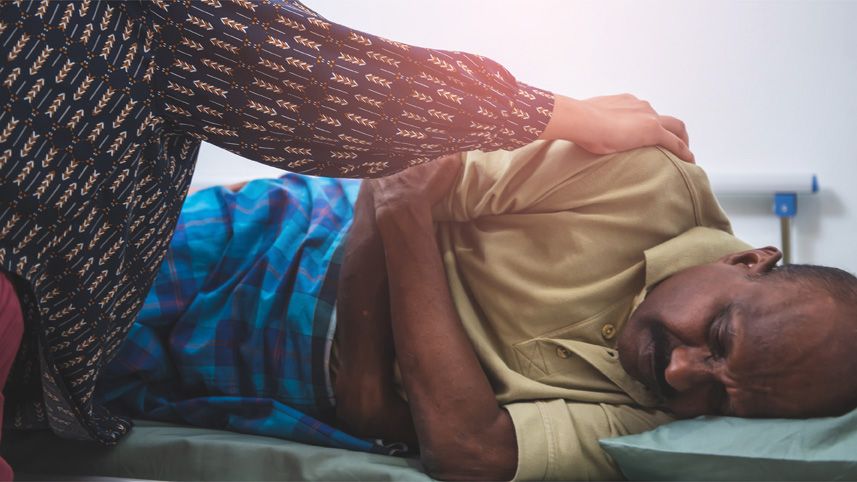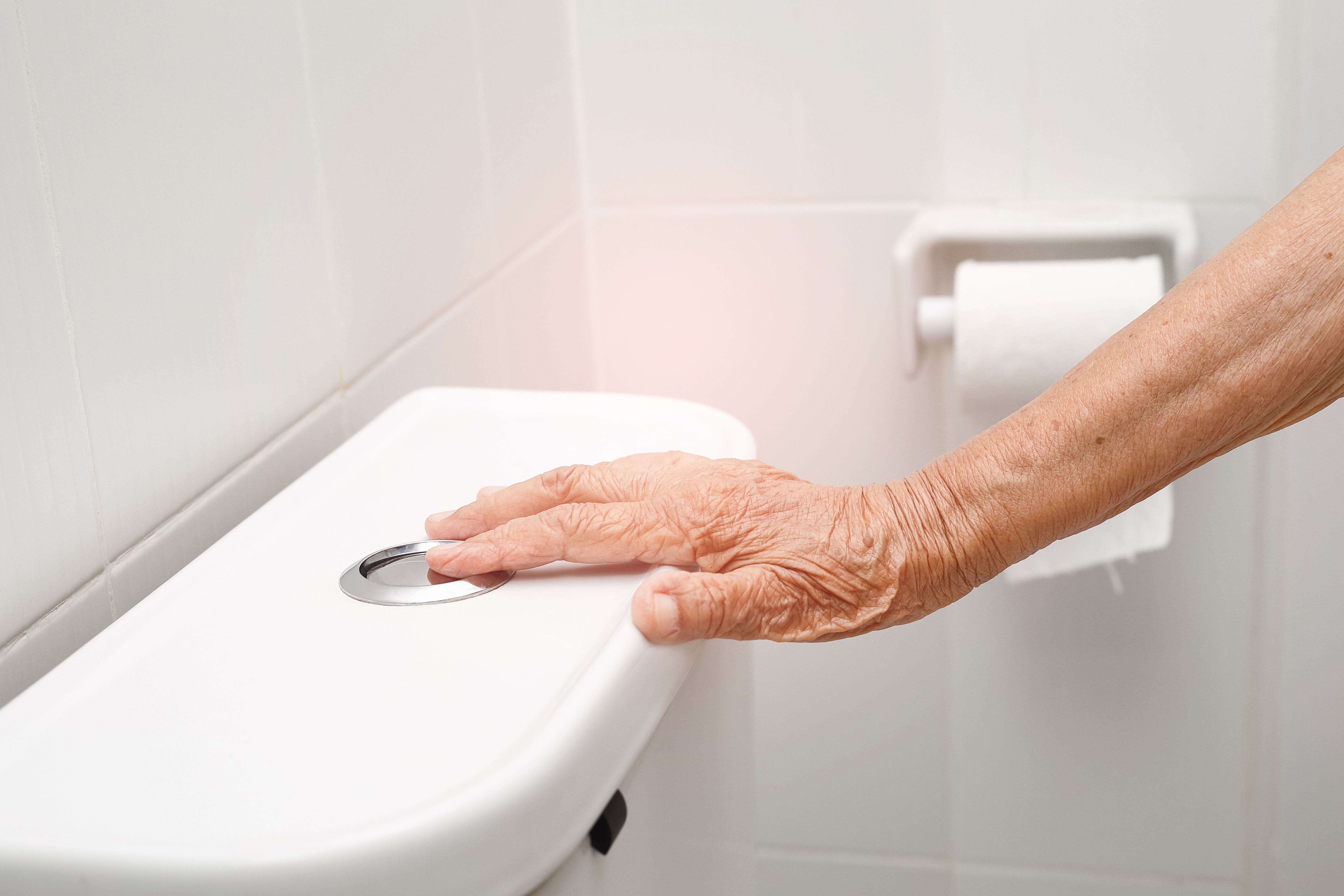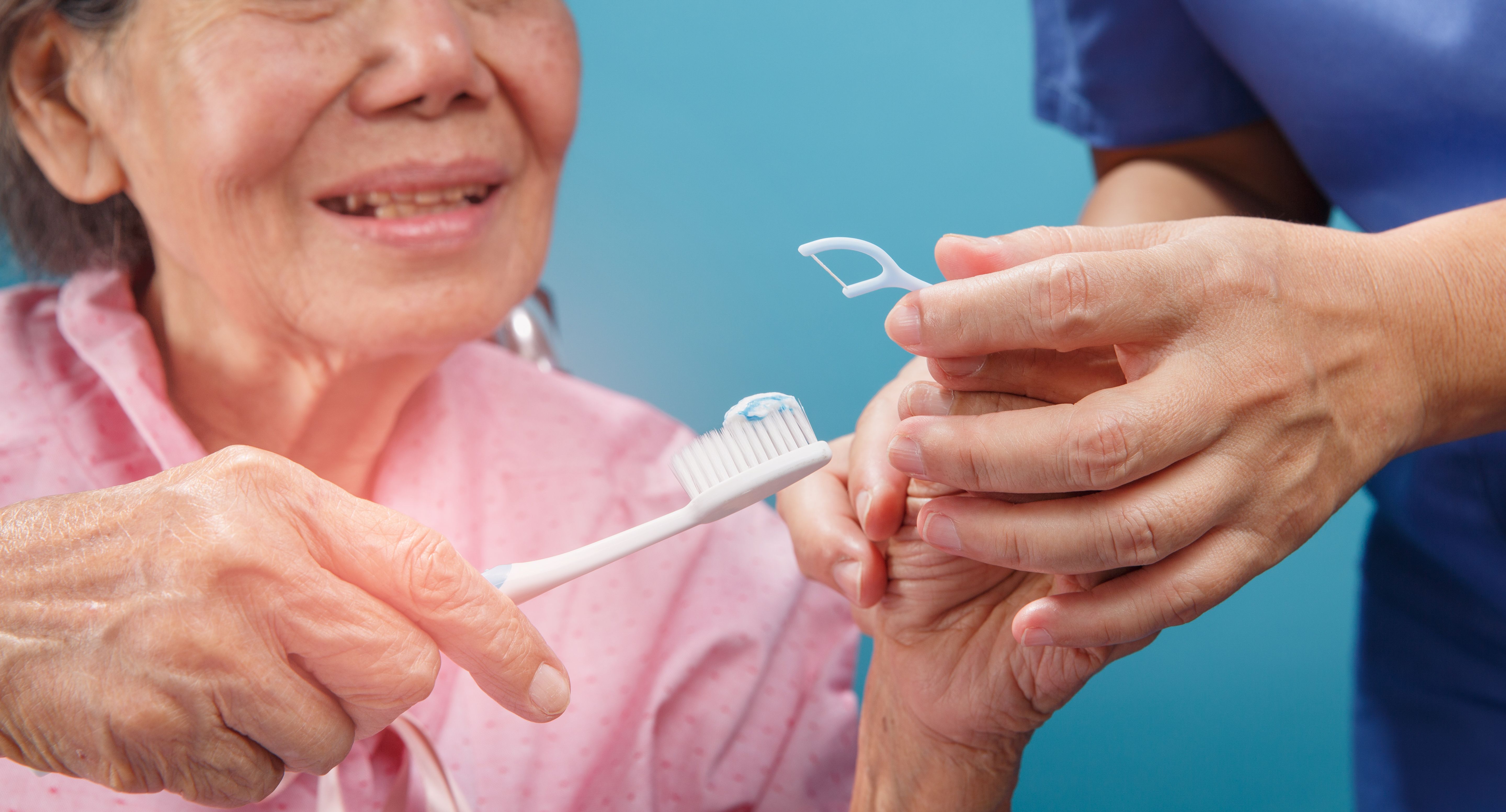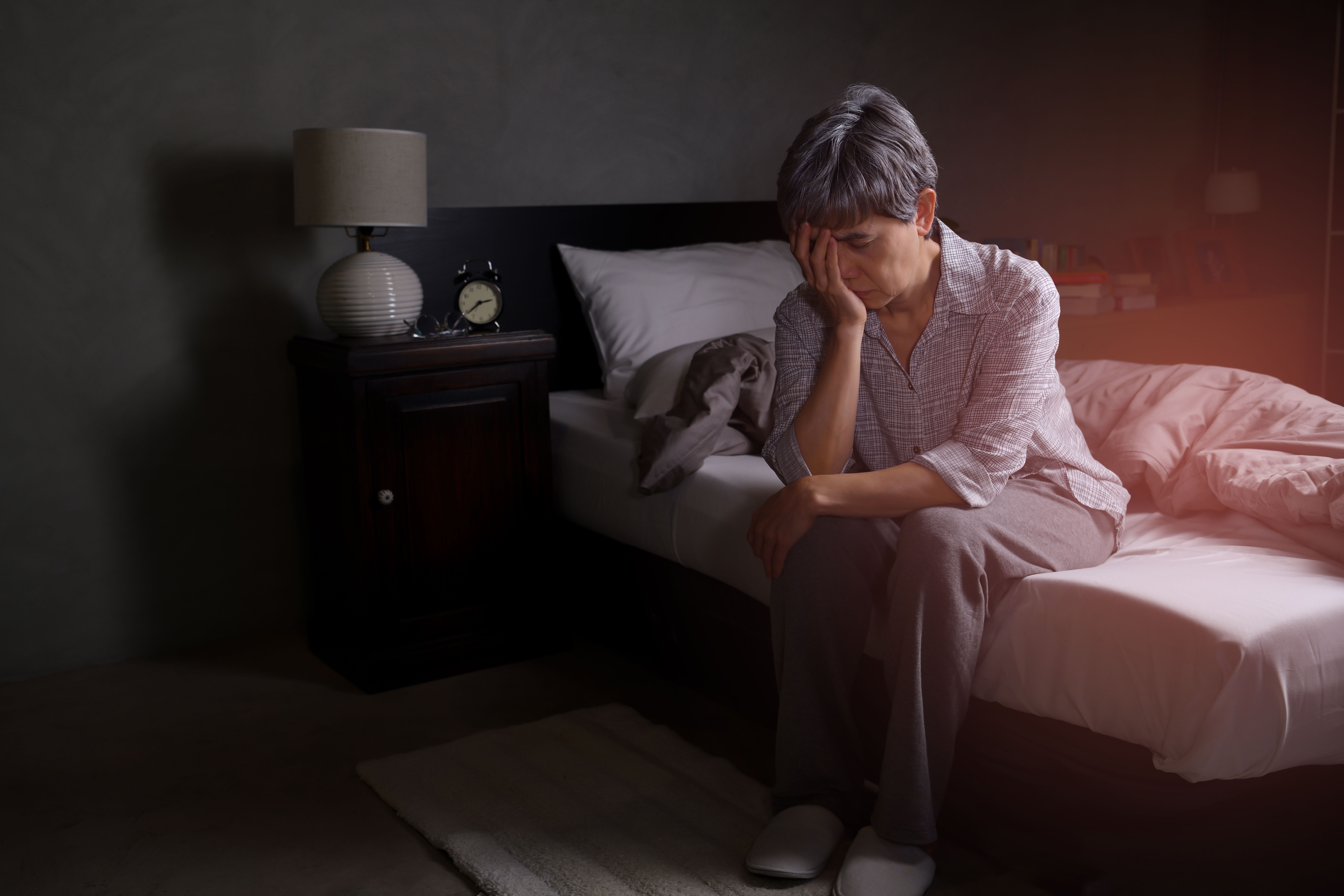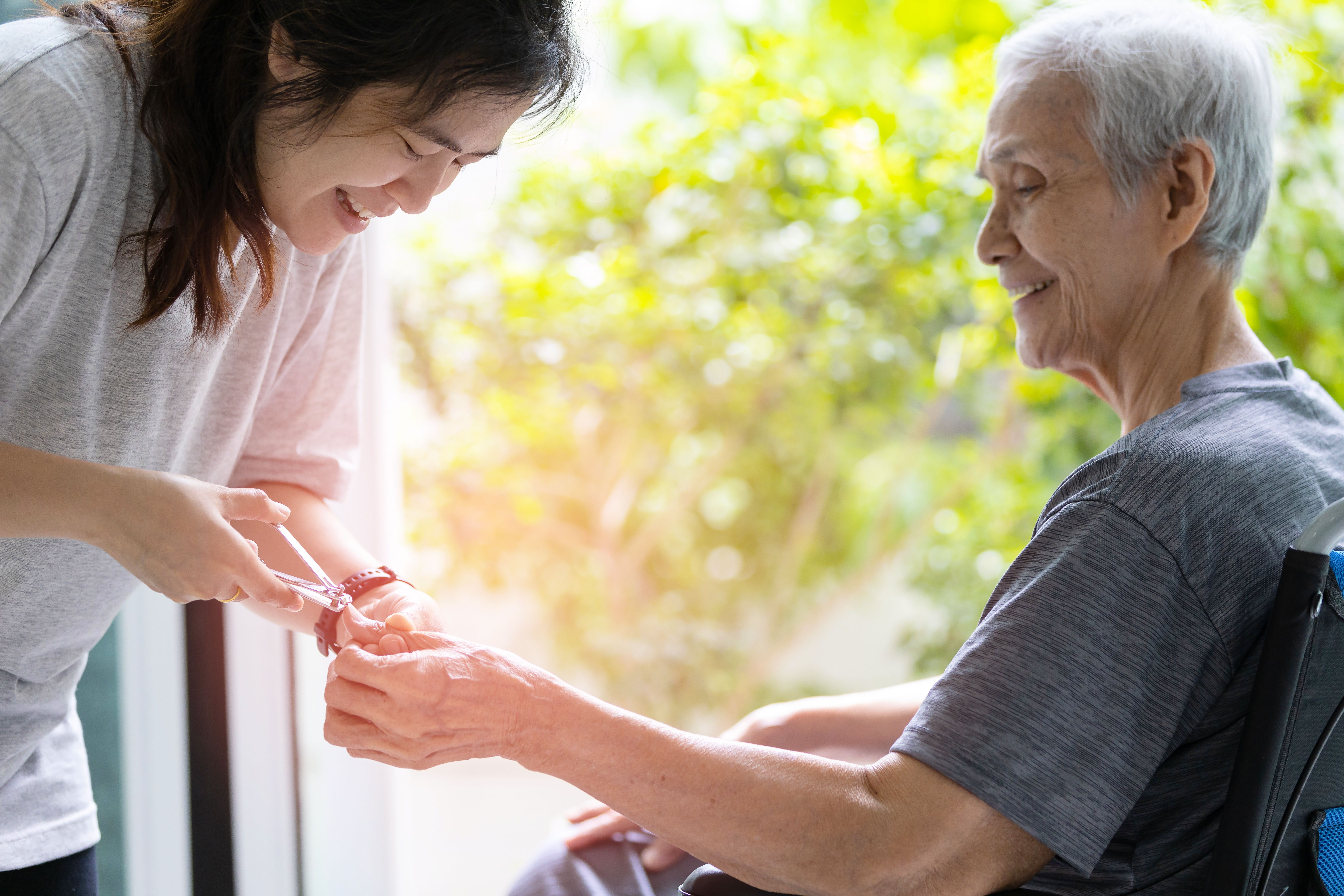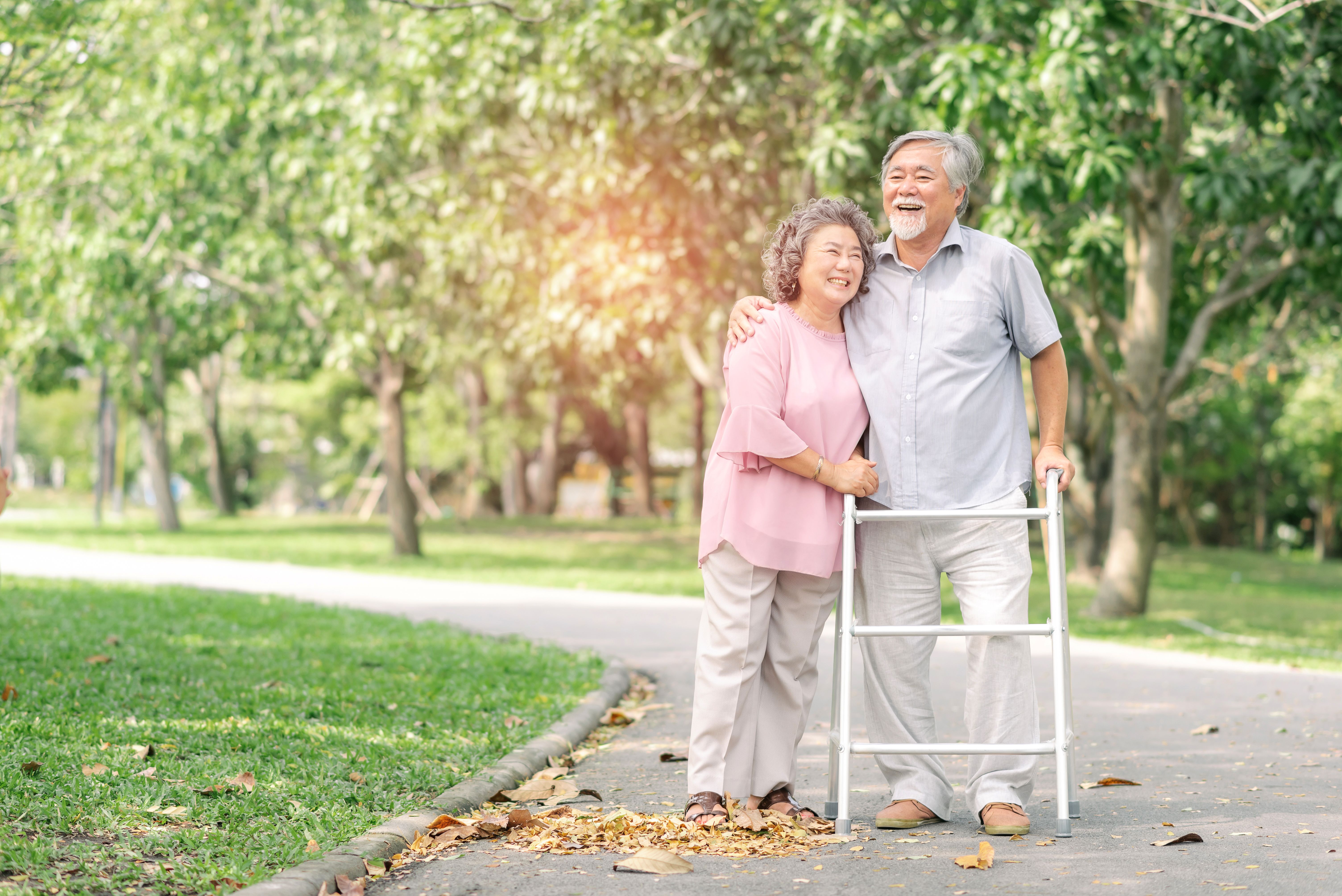On the move: Facilitating safe and comfortable movement of care receiver
- CareBuddy
- 4 Mins Read
- 21 Sep 2022
- Elderly Care
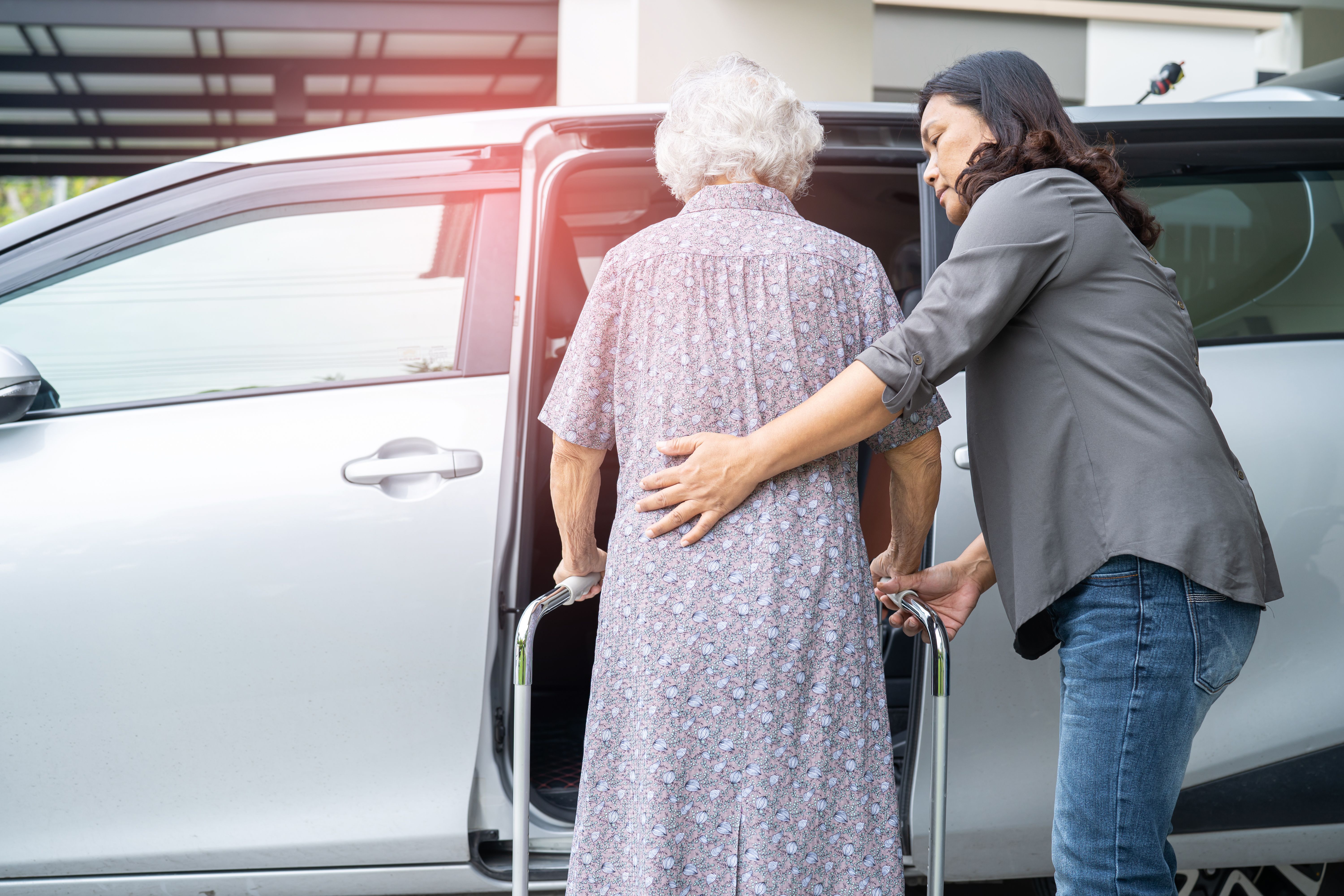
Whether a care receiver has a disability, is recovering from an illness, or simply experiences old age, movement is one of the most common activities for which they need caregiver support.
There are a number of physical and psychological factors a caregiver needs to take into account while helping a care receiver move on an everyday basis.
Steps in moving a care receiver
- Assess the overall picture of care receiver: Grasp the specific illness or disability of the person, what bodily functions are affected by it, and what bodily functions are unaffected such that the care receiver still has ability in those functions. Also understand the psychological condition of the care receiver and consider the living environment and equipment around them.
- Check the physical condition to decide whether to move the care receiver: In each moment when movement is considered, assess whether the care receiver’s physical condition at that moment is ideal for motion to take place.
- Explain the procedure of assistance and get their consent: Give the care receiver a good idea of the way the movement will take place and the assistance you’ll provide (e.g. you’re going to hold them from the left and help them walk with their right leg first followed by their left leg) and obtain their consent for the movement.
- Provide appropriate technique and adequate amount of care: Actively utilise proper body mechanics to ensure that there’s no unnecessary burden on the care receiver and the motion is as safe and comfortable as possible. E.g. Ensure that you don’t put pressure on injured limbs.
Things to keep in mind
- Consider the self-reliance of the care receiver. Fully utilise their remaining physical abilities. Create opportunities for the care receiver to move independently (within their limits) so that their physical abilities and self-esteem are the best they can be.
- Prepare the necessary items in advance, such as the bed or chair the care receiver is being transferred to.
- Keep the environment free from risks such as sharp objects, heavy furniture and obstacles to minimise risks of accidents during motion.
- Ensure that the clothes, footwear and appearance of both the caregiver and the care receiver are appropriate and comfortable to allow easy assistance.
Mobility aids
Depending on the physical state and abilities of the care receiver, various mobility aids such as canes, walkers, rollers and wheelchairs might be necessary.
Find out more about mobility aids at our “walking aids: introduction and use” article
Learn more about walking patterns and caregiver assistance with mobility aids at our “walking patterns and caregiver support” article.
The sheer importance of movement in the day-to-day life and wellbeing of the care receiver makes it vital that caregivers understand all the physical and emotional considerations involved. This will become even more important as Singapore continues to have an ageing population and more of us need to learn to be caregivers.
Article reviewed by David Tay, Senior Principal Educator (Nursing and Prehospital Care), HMI Institute.
